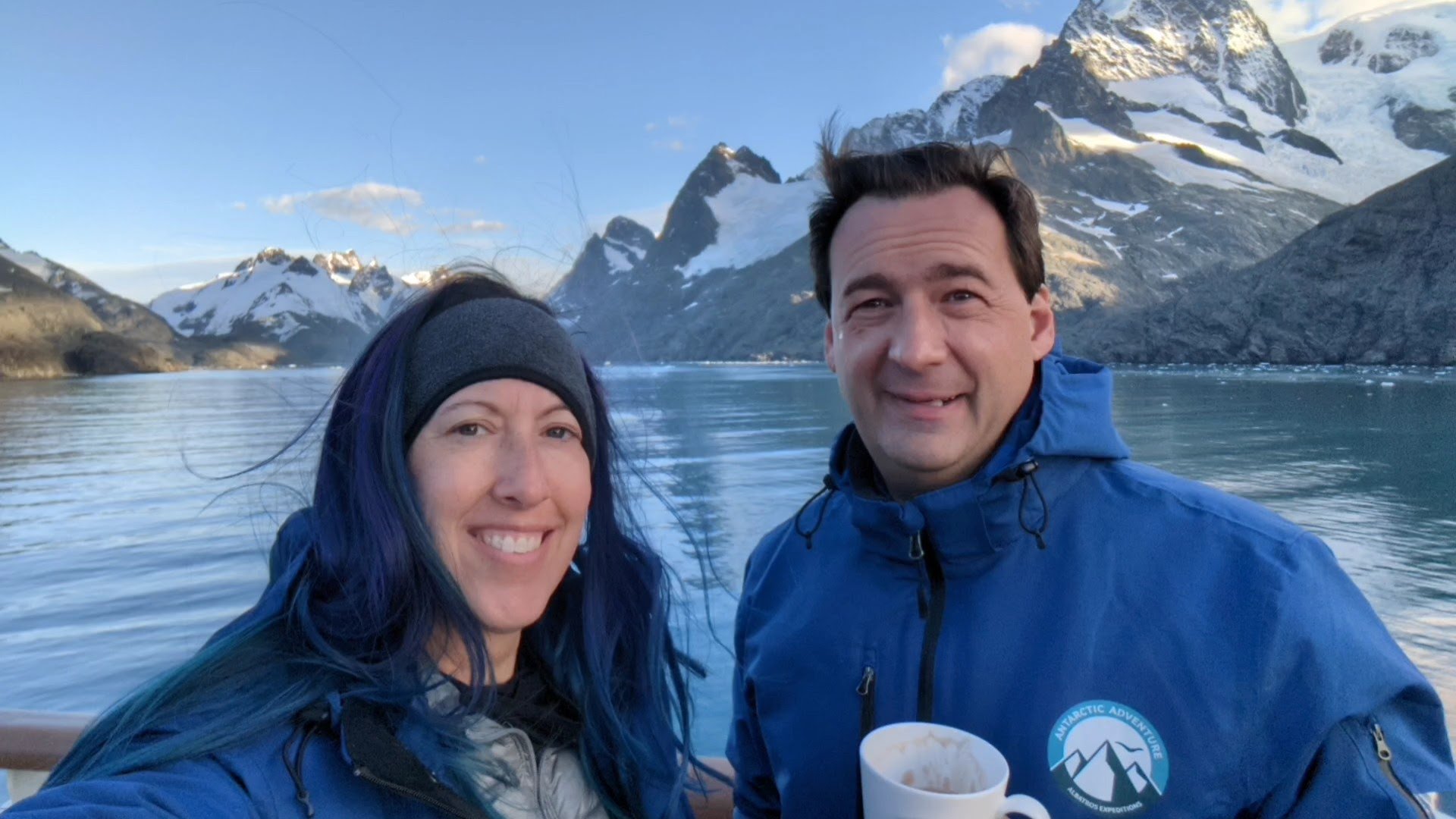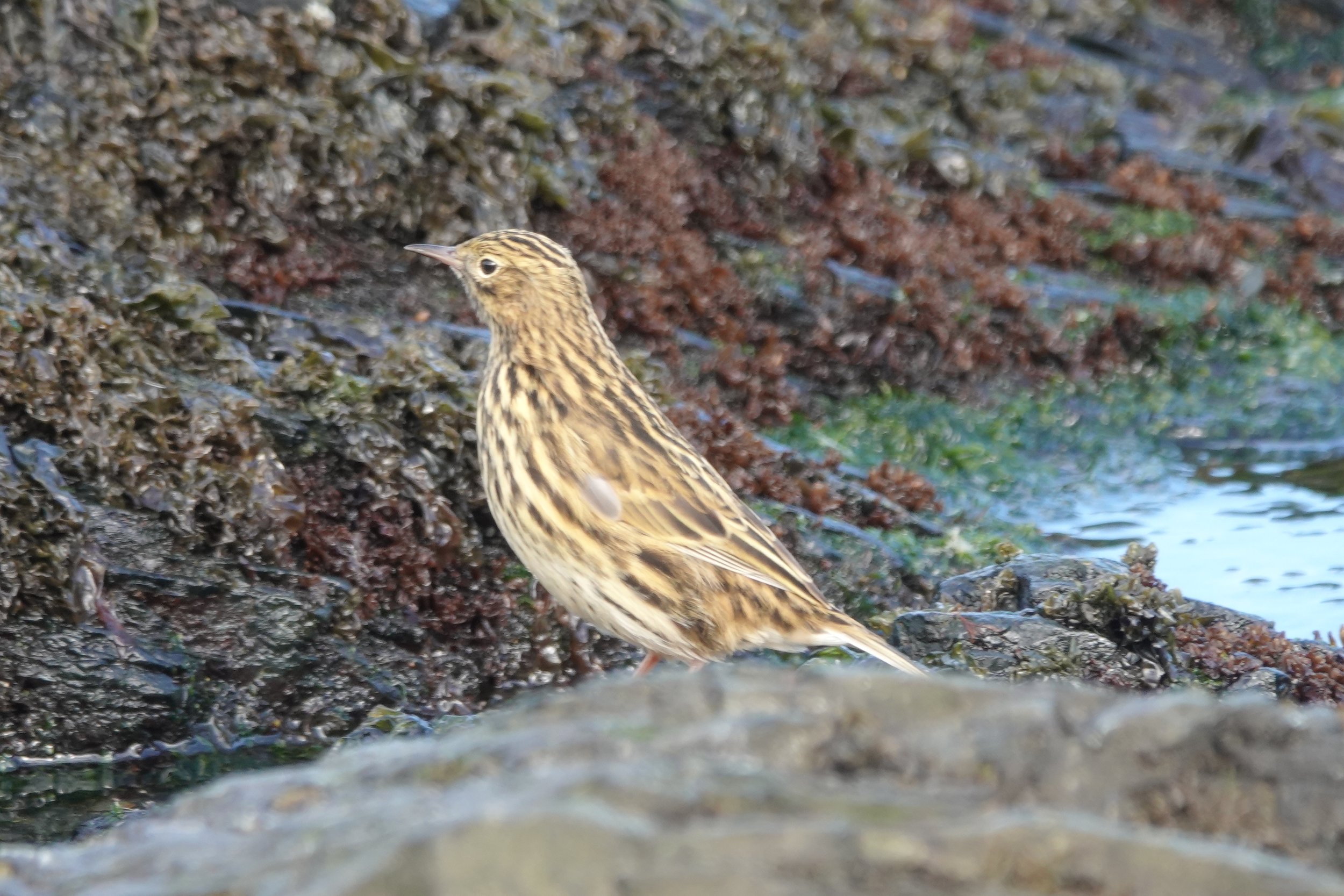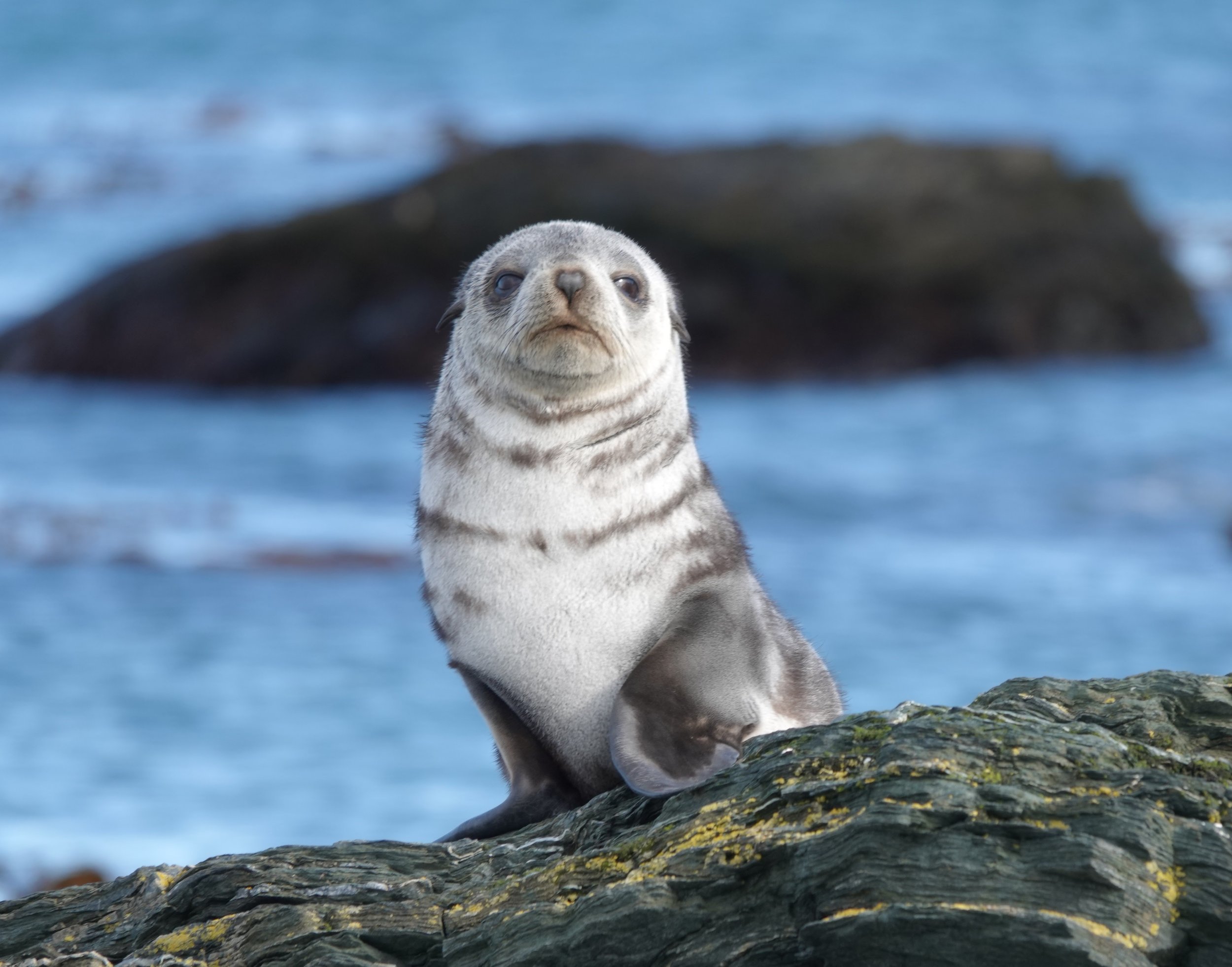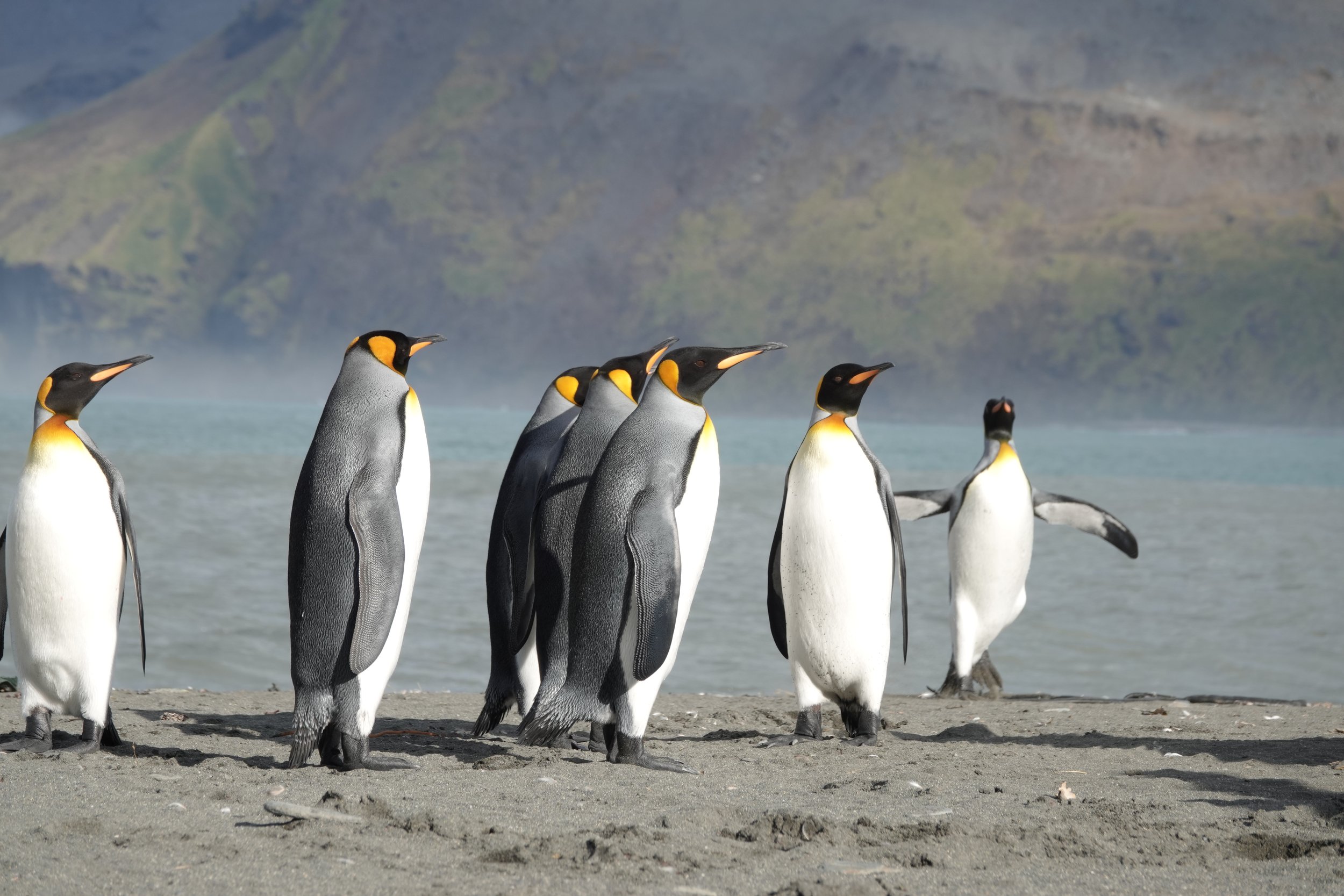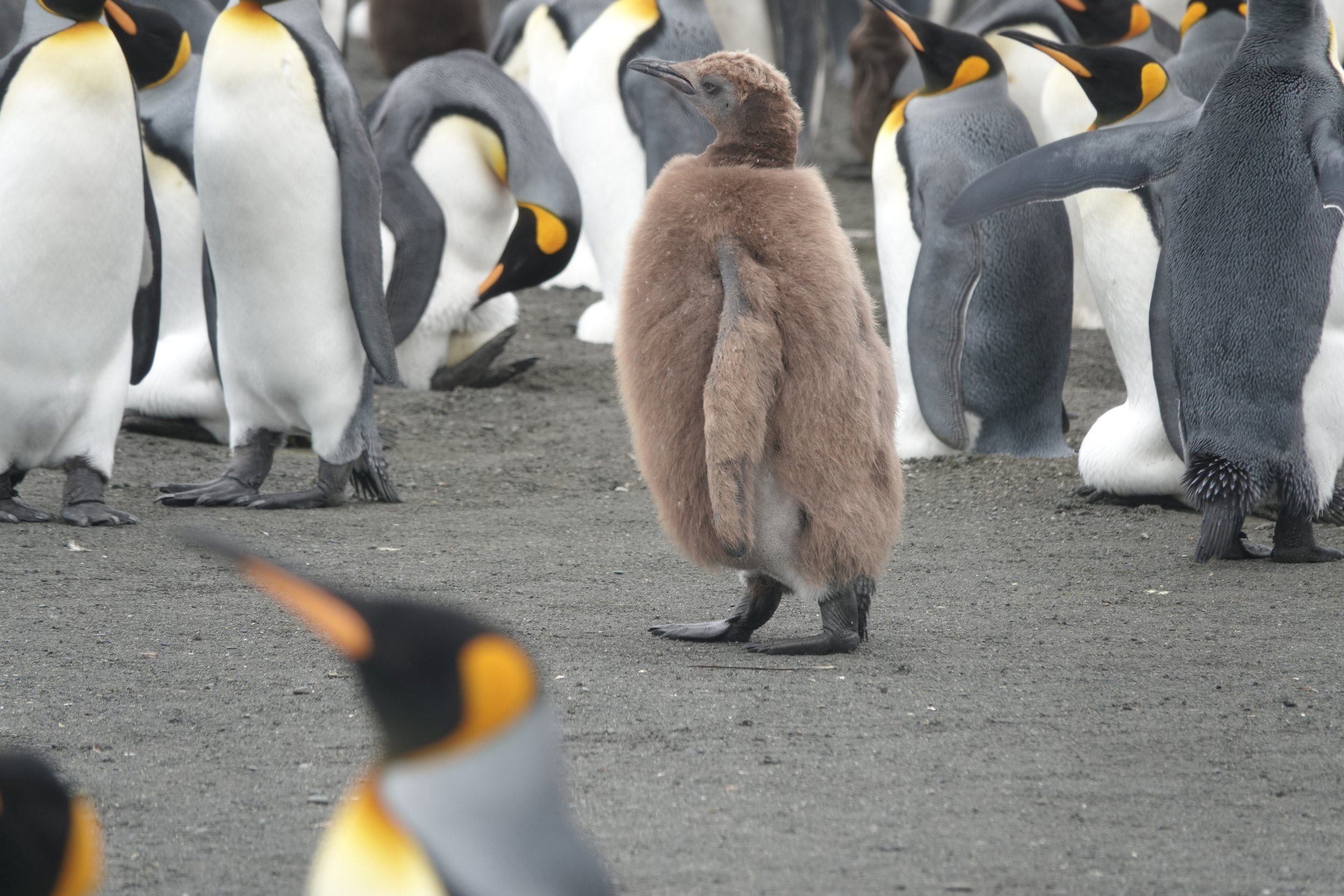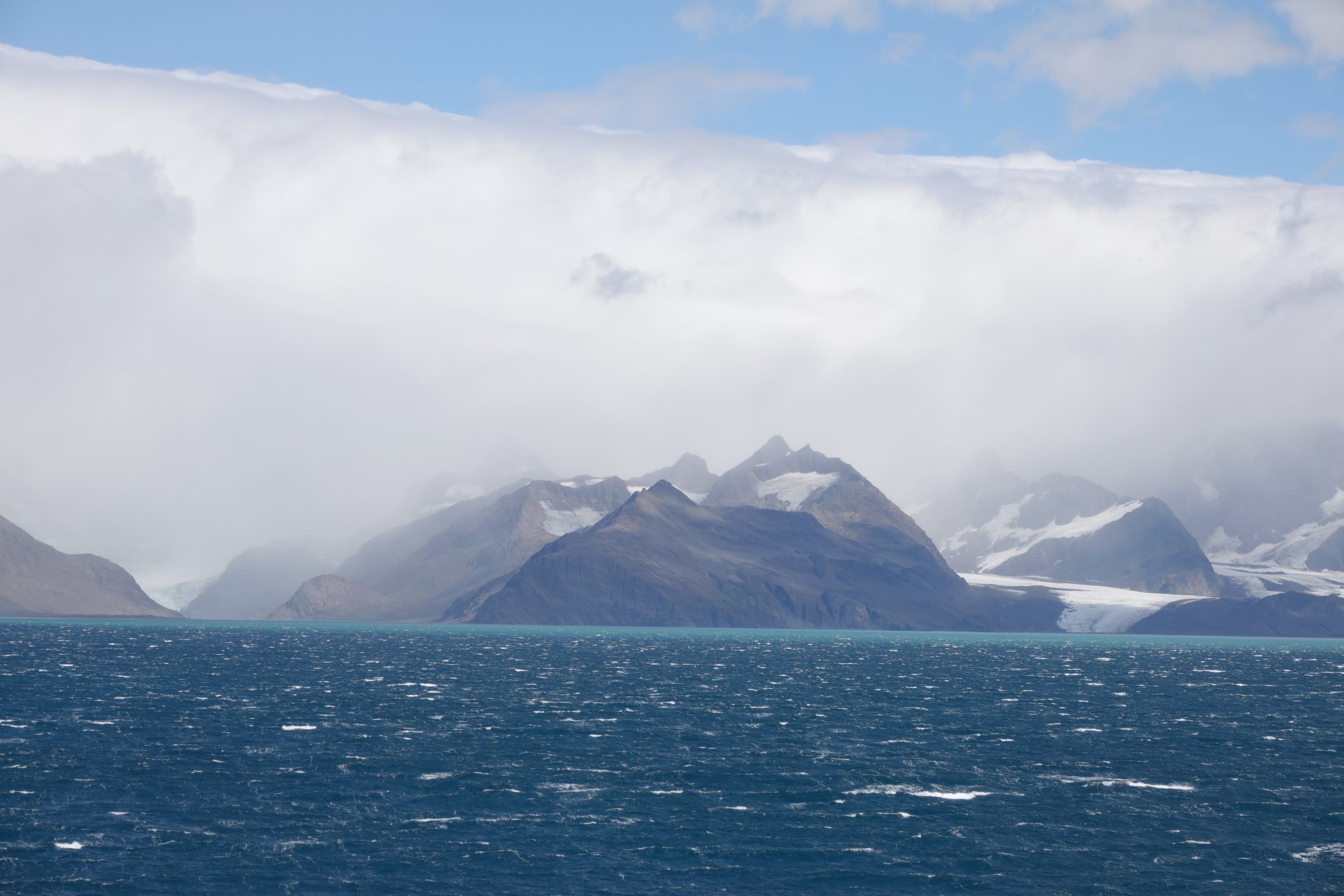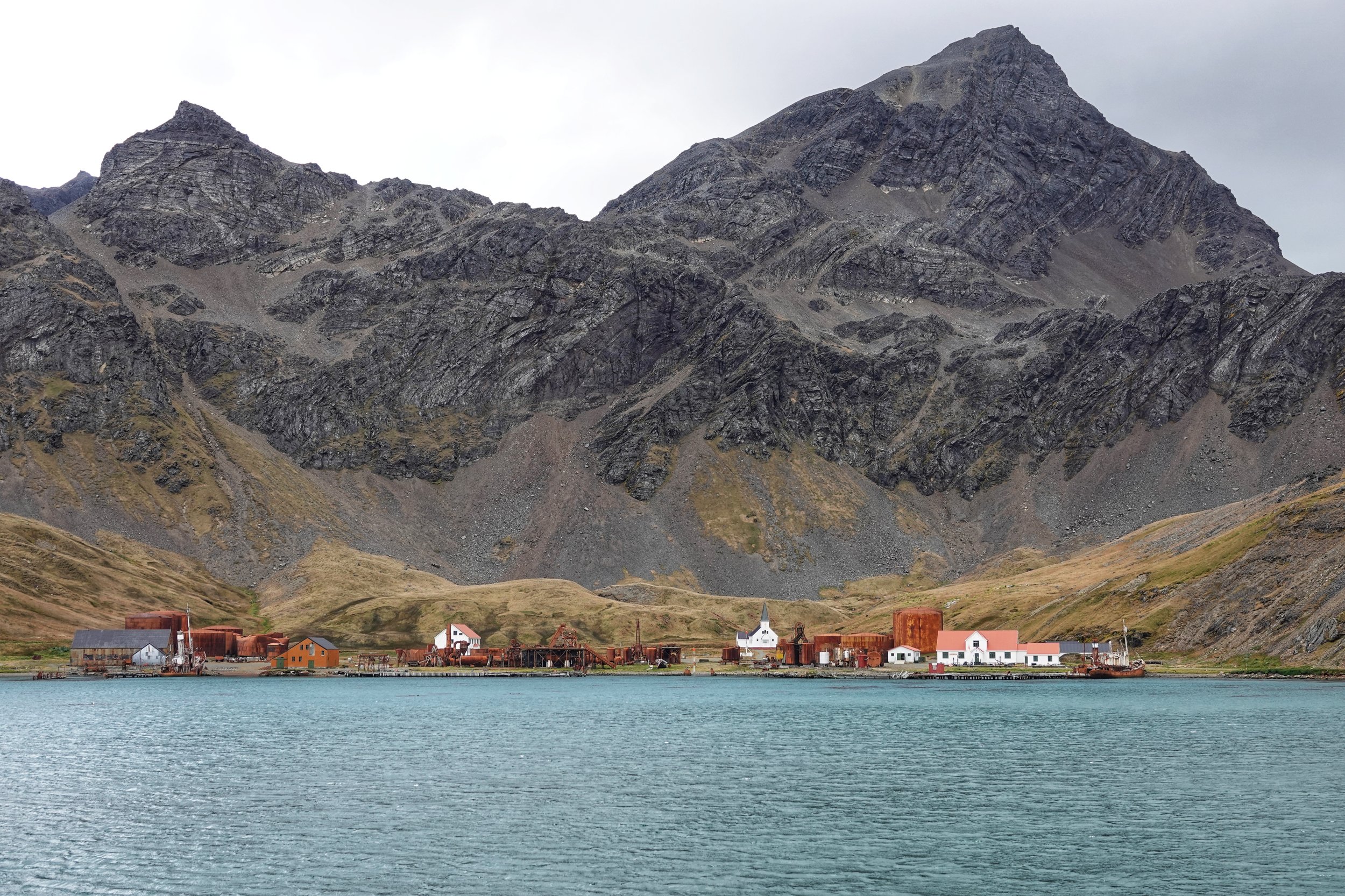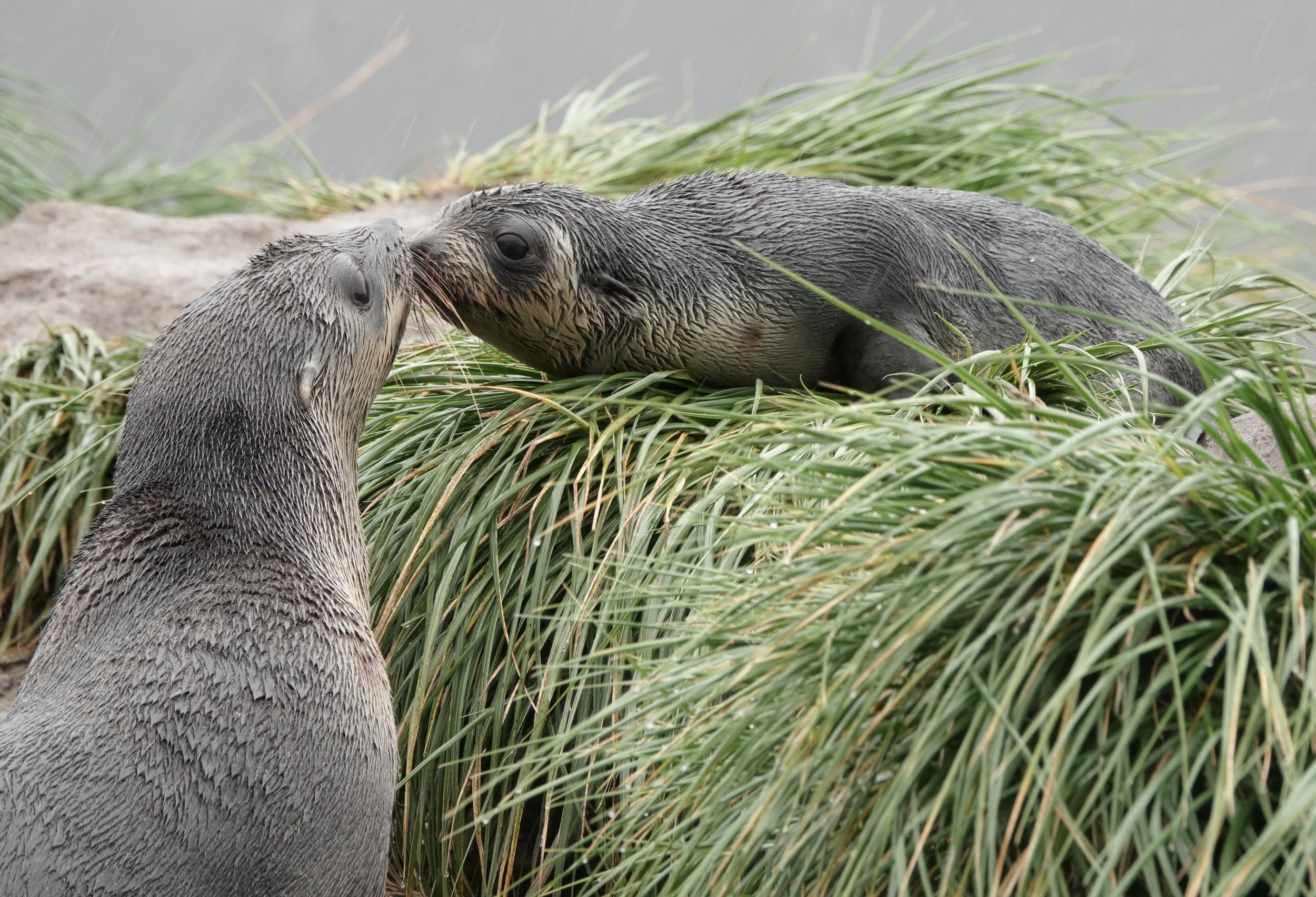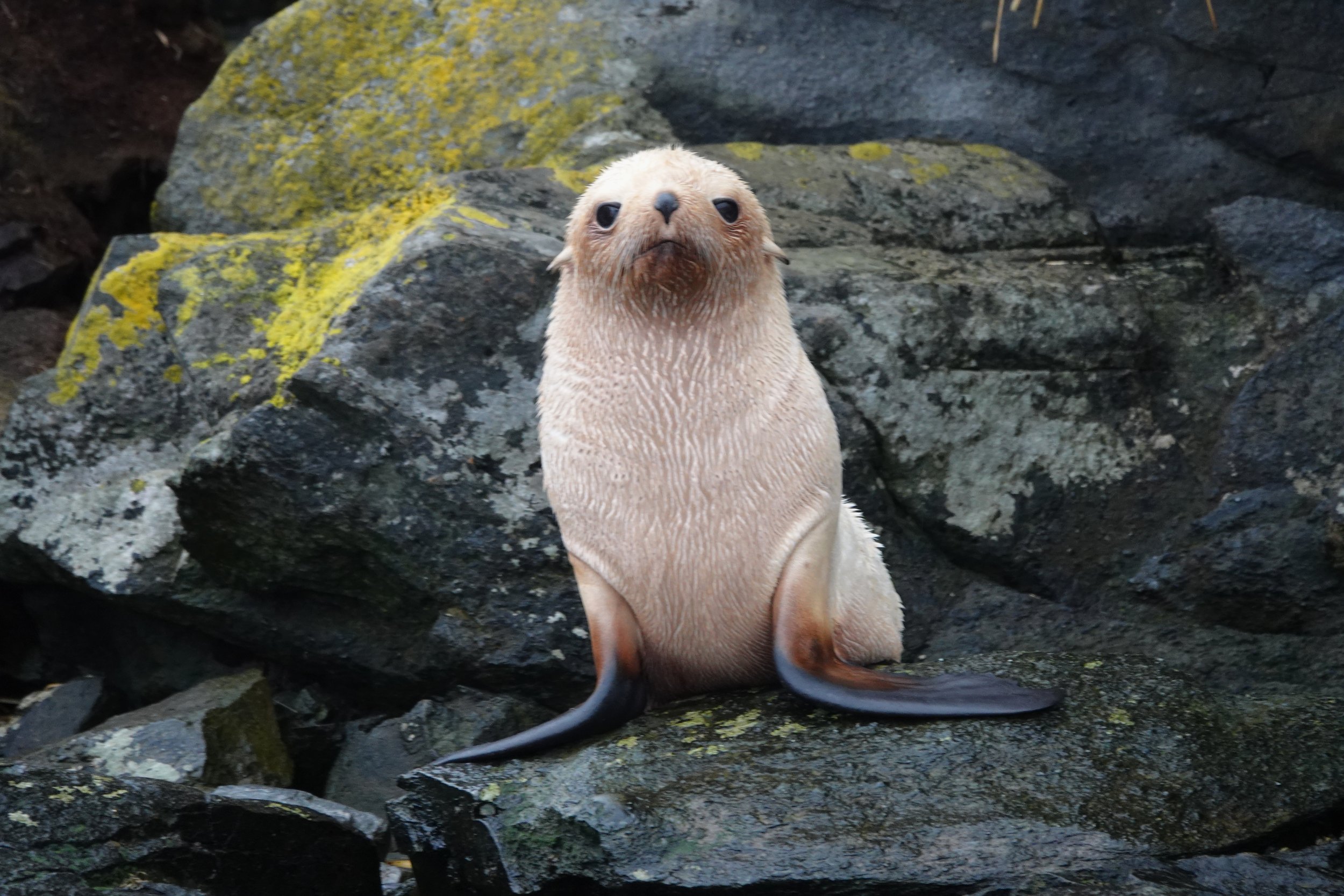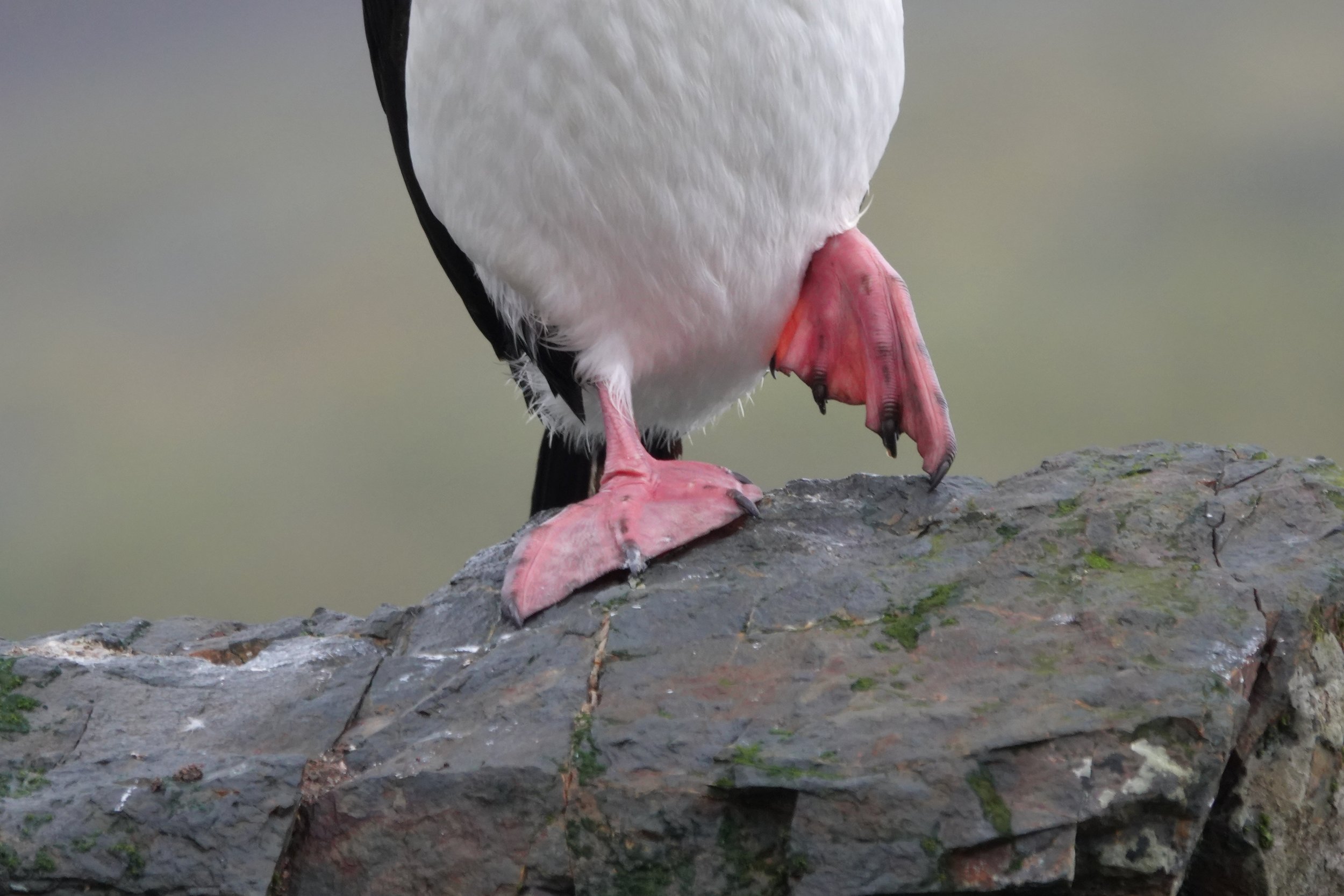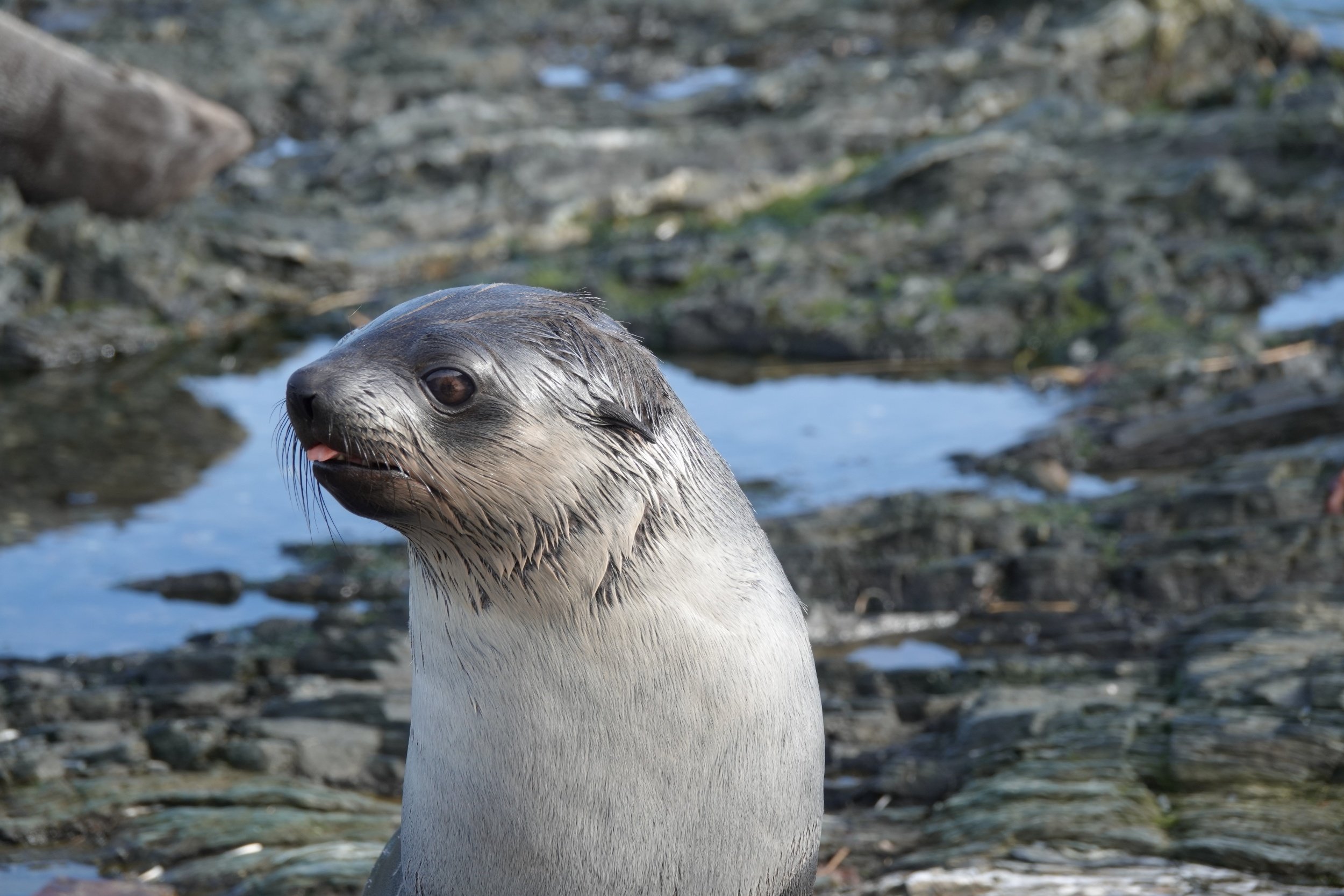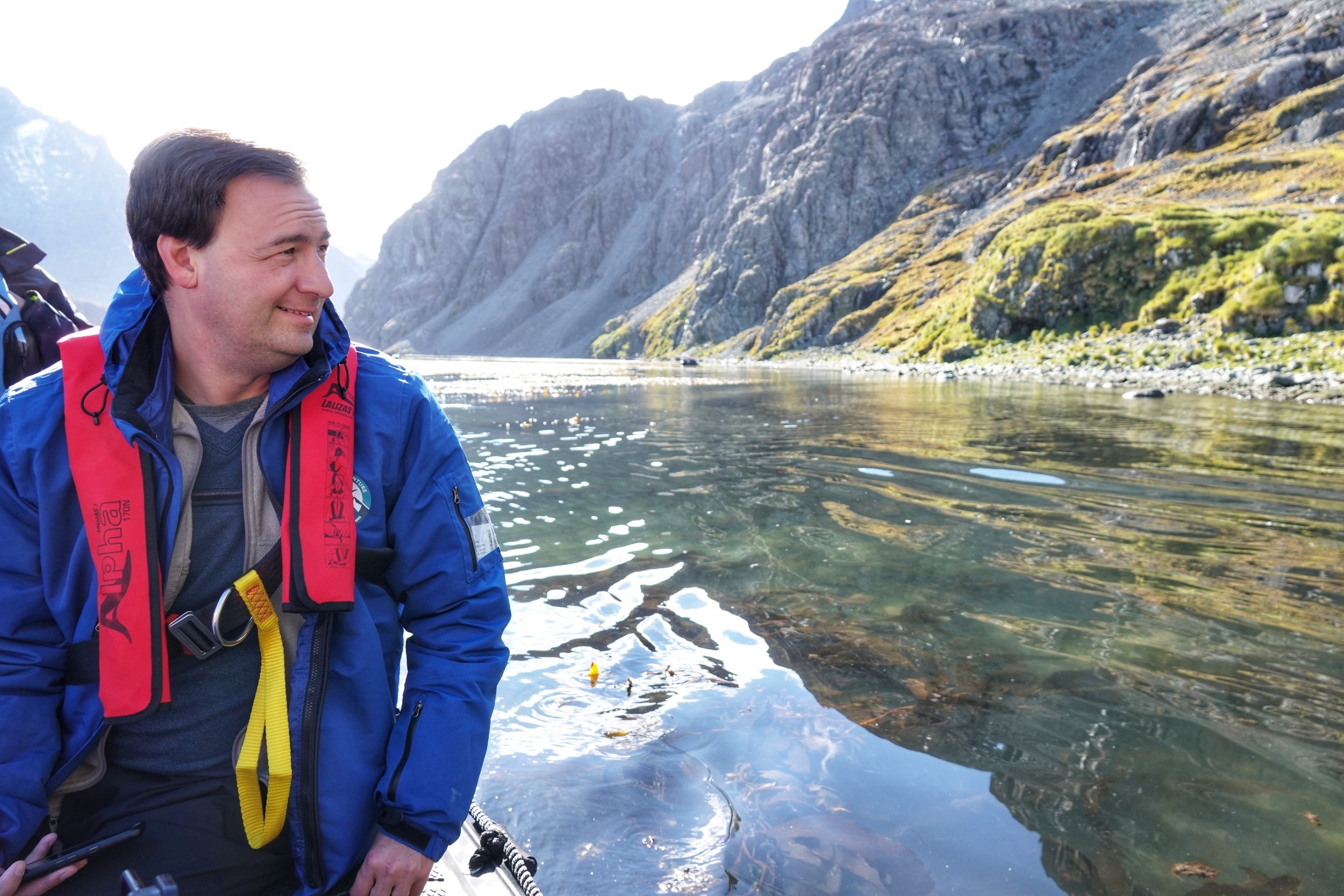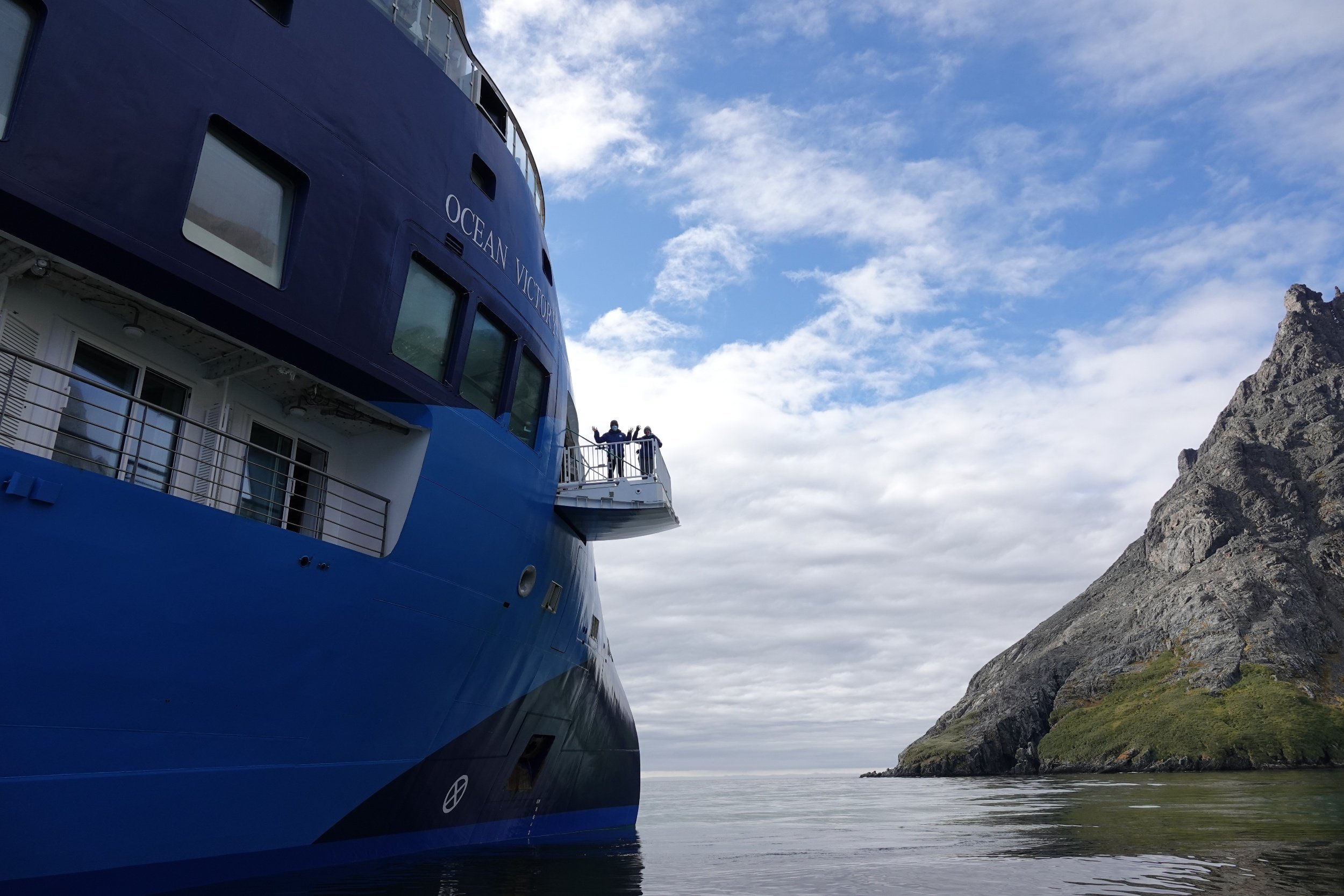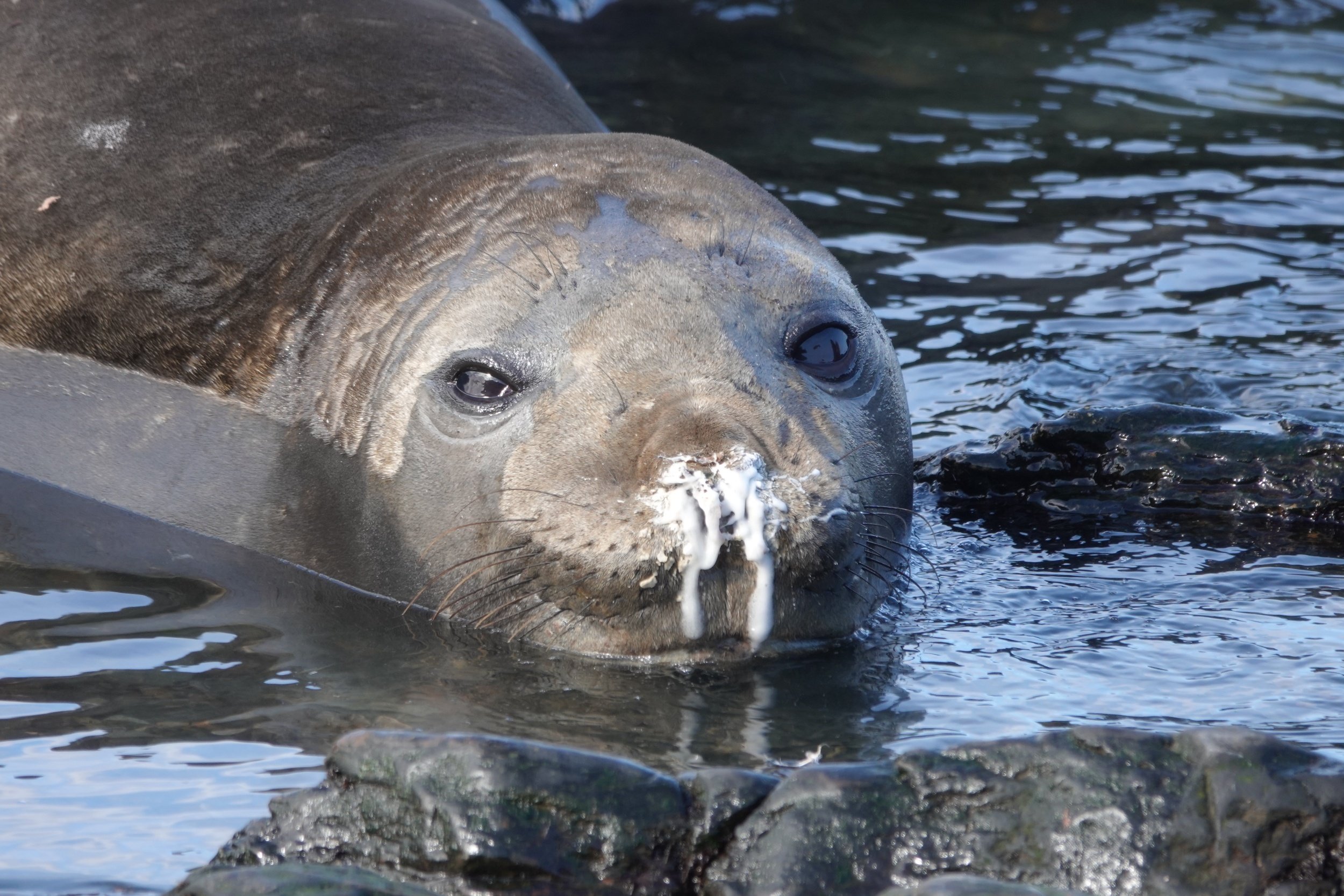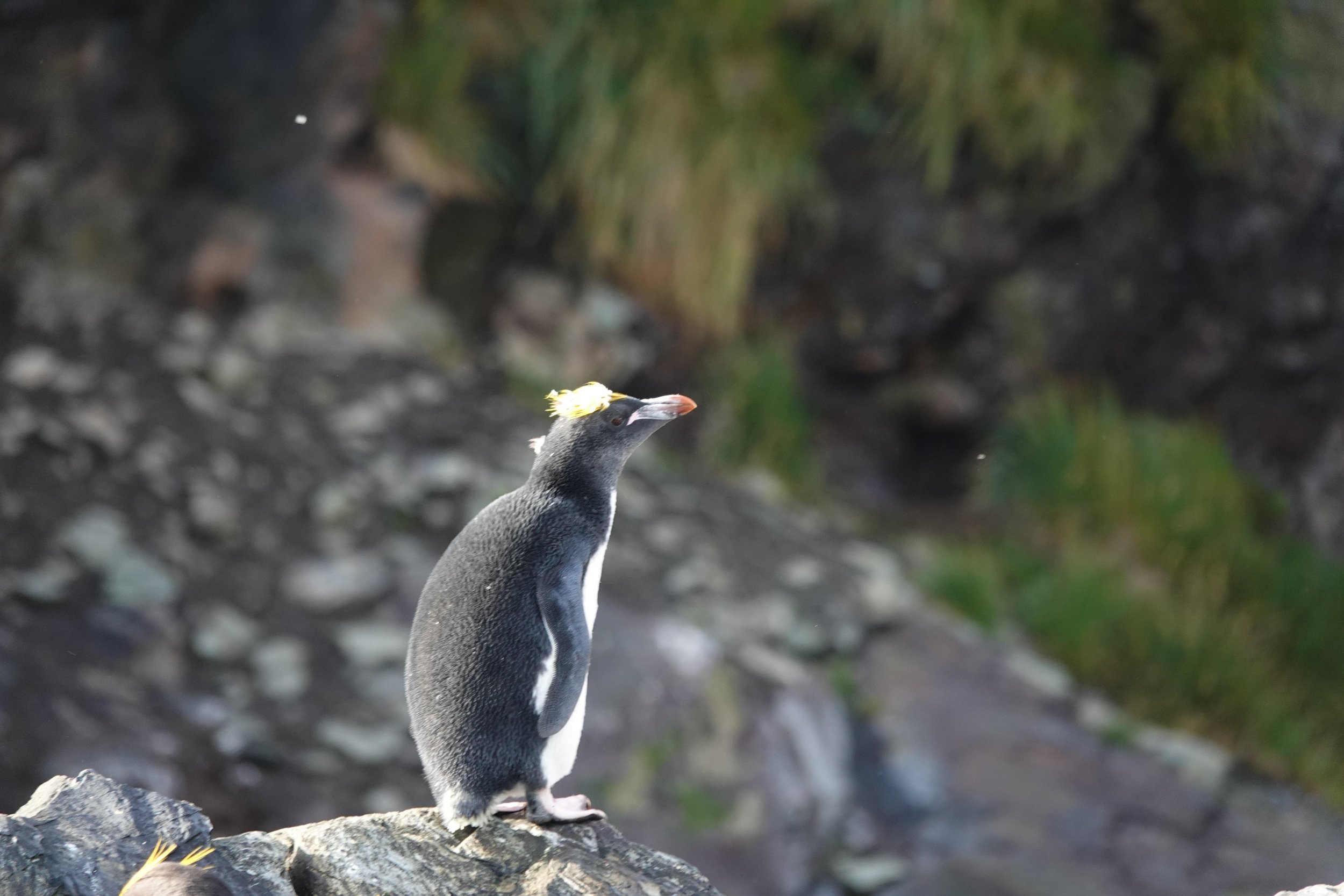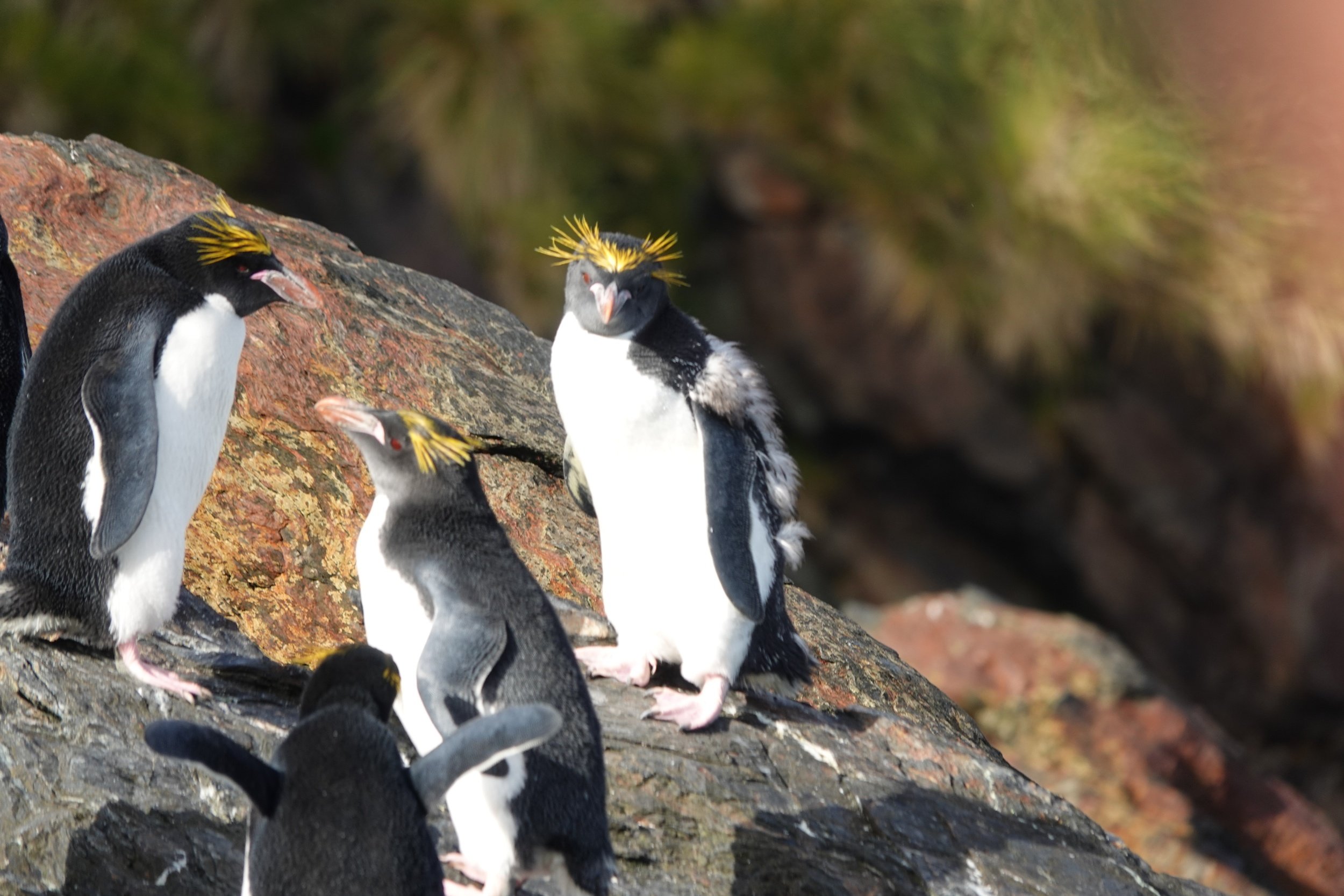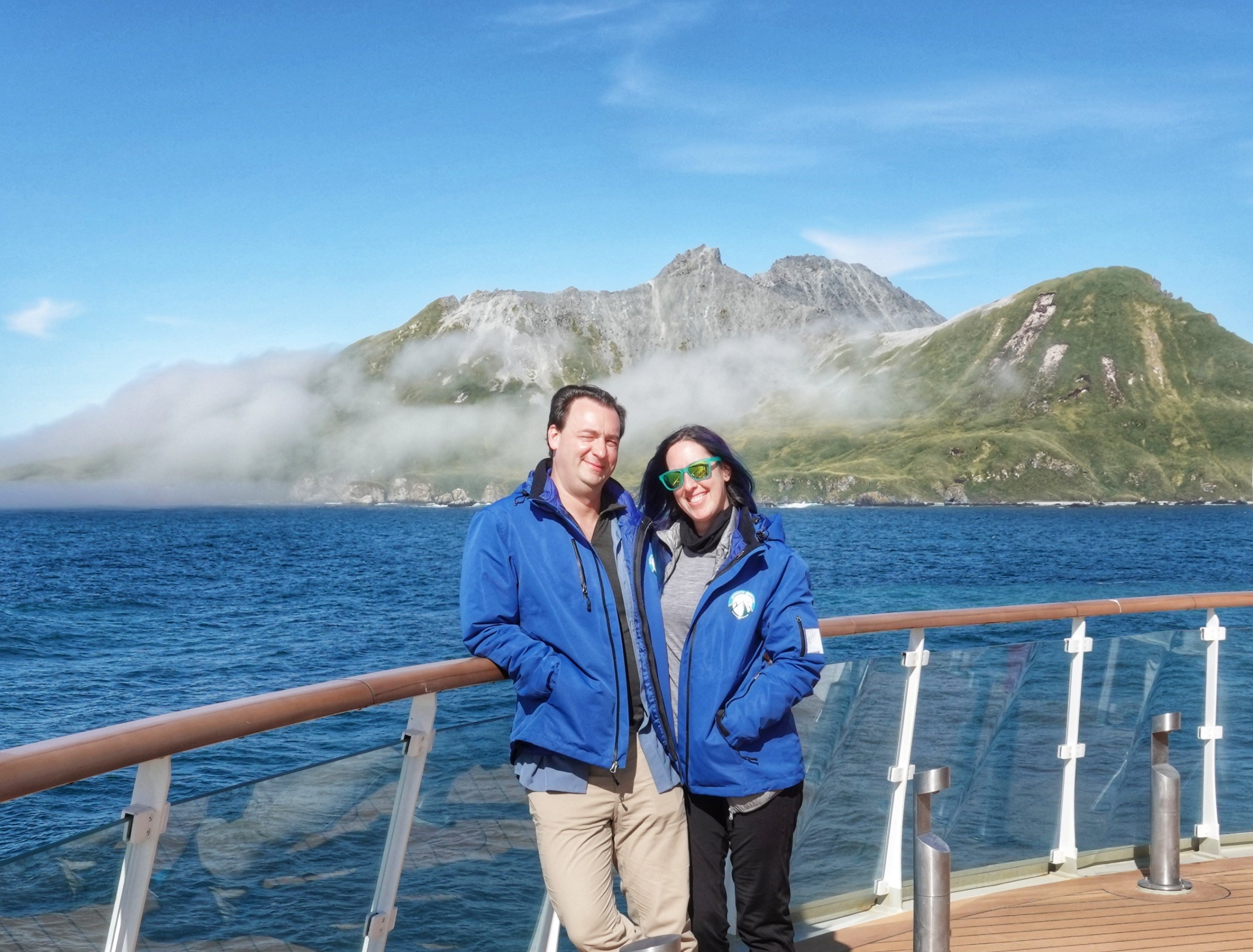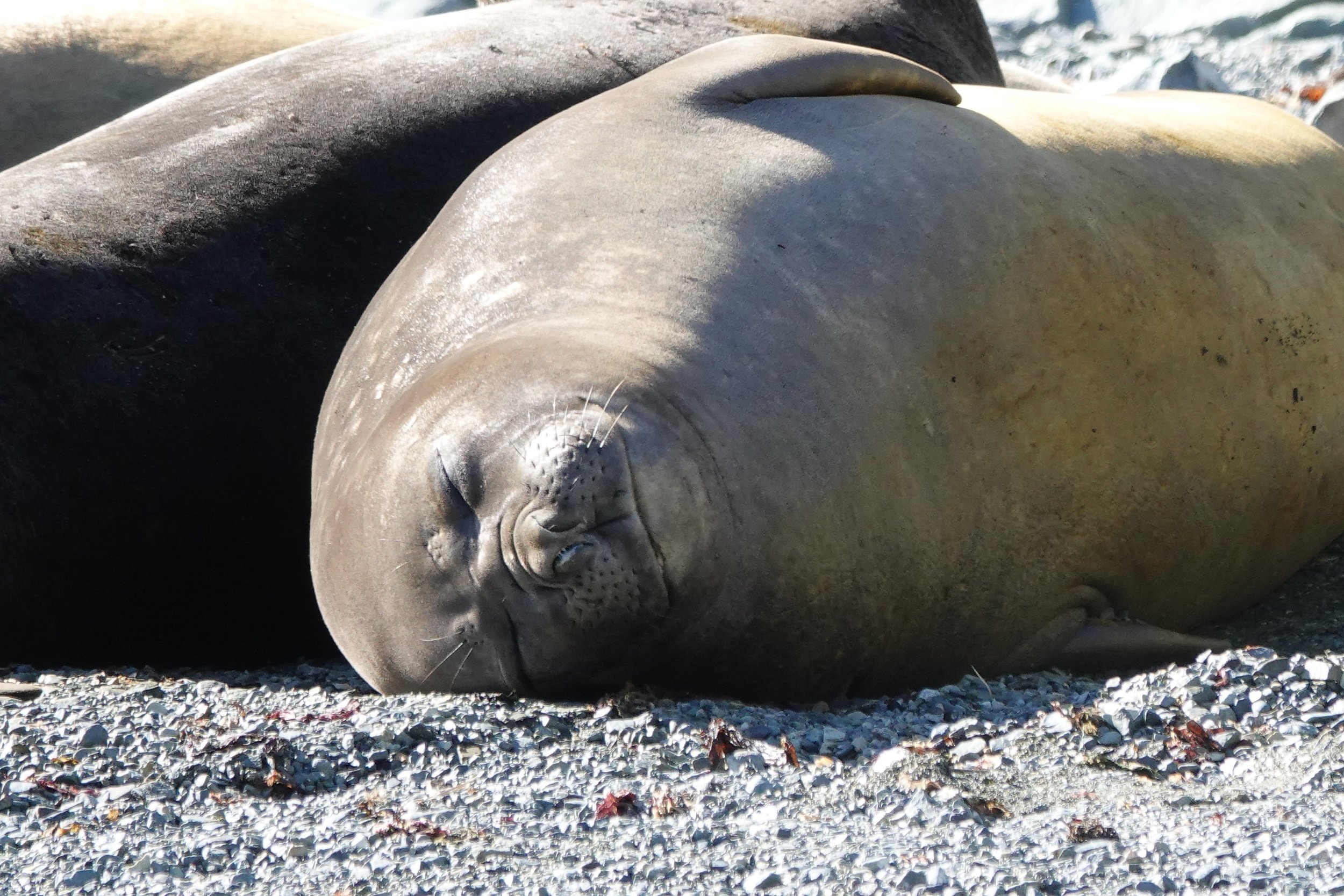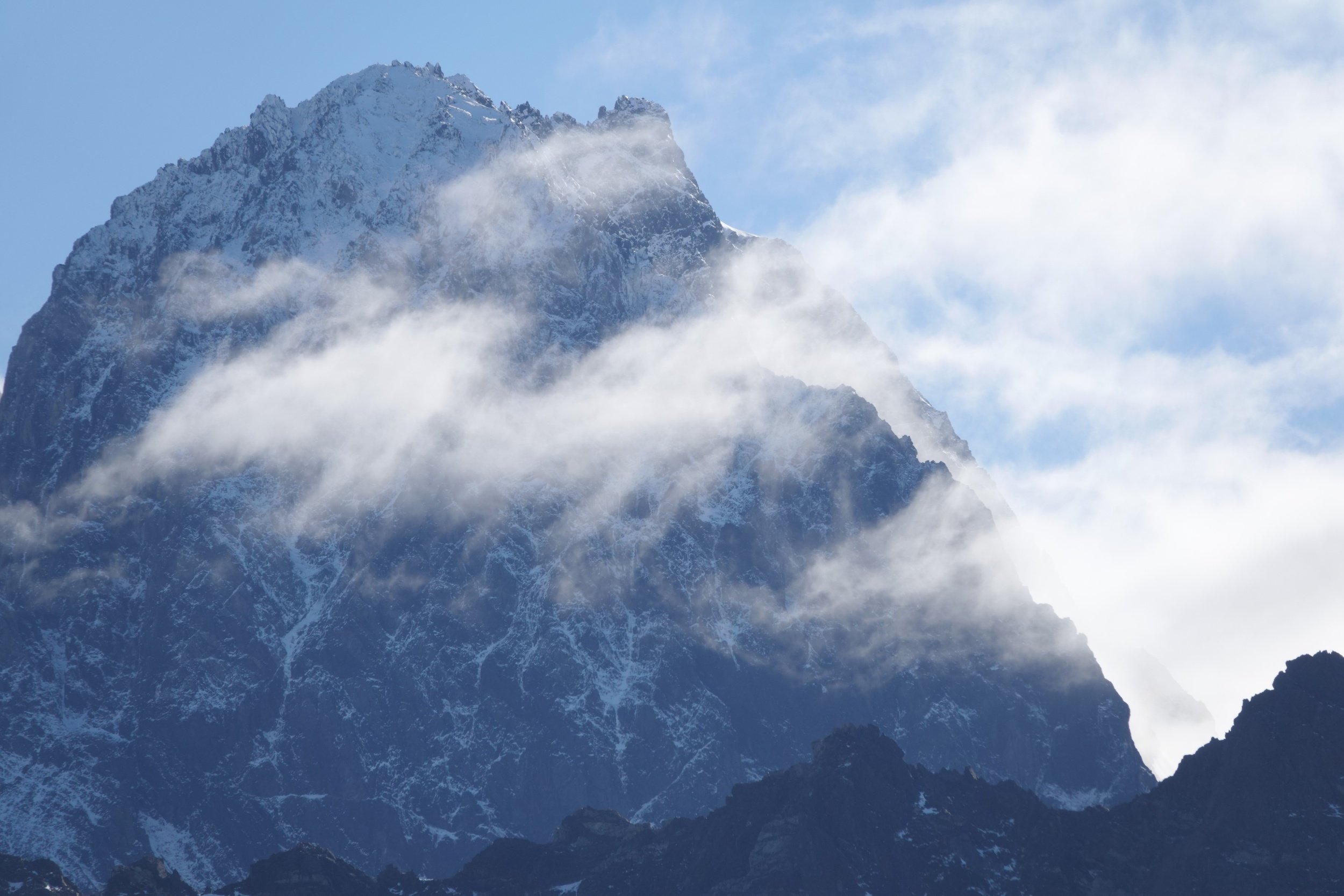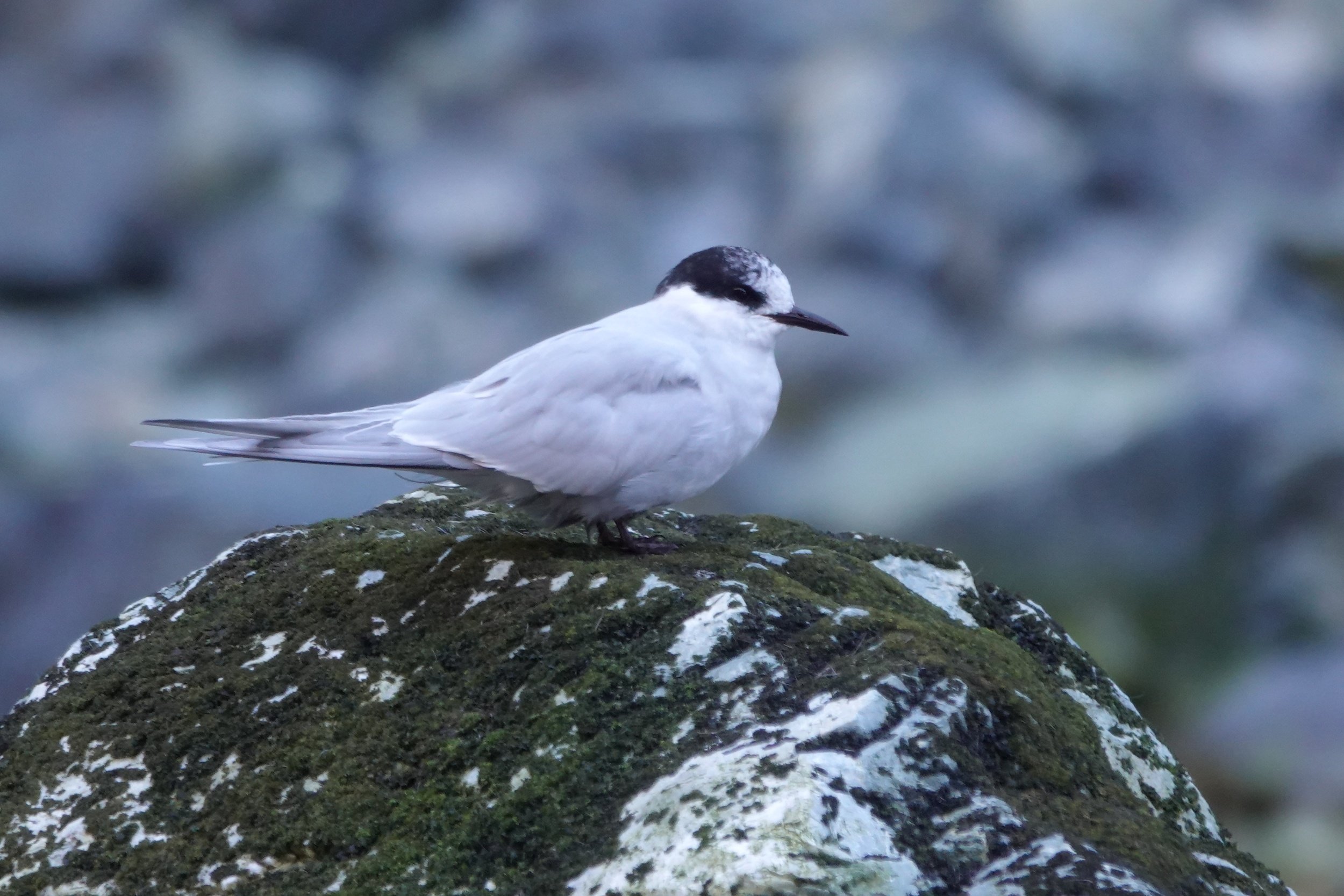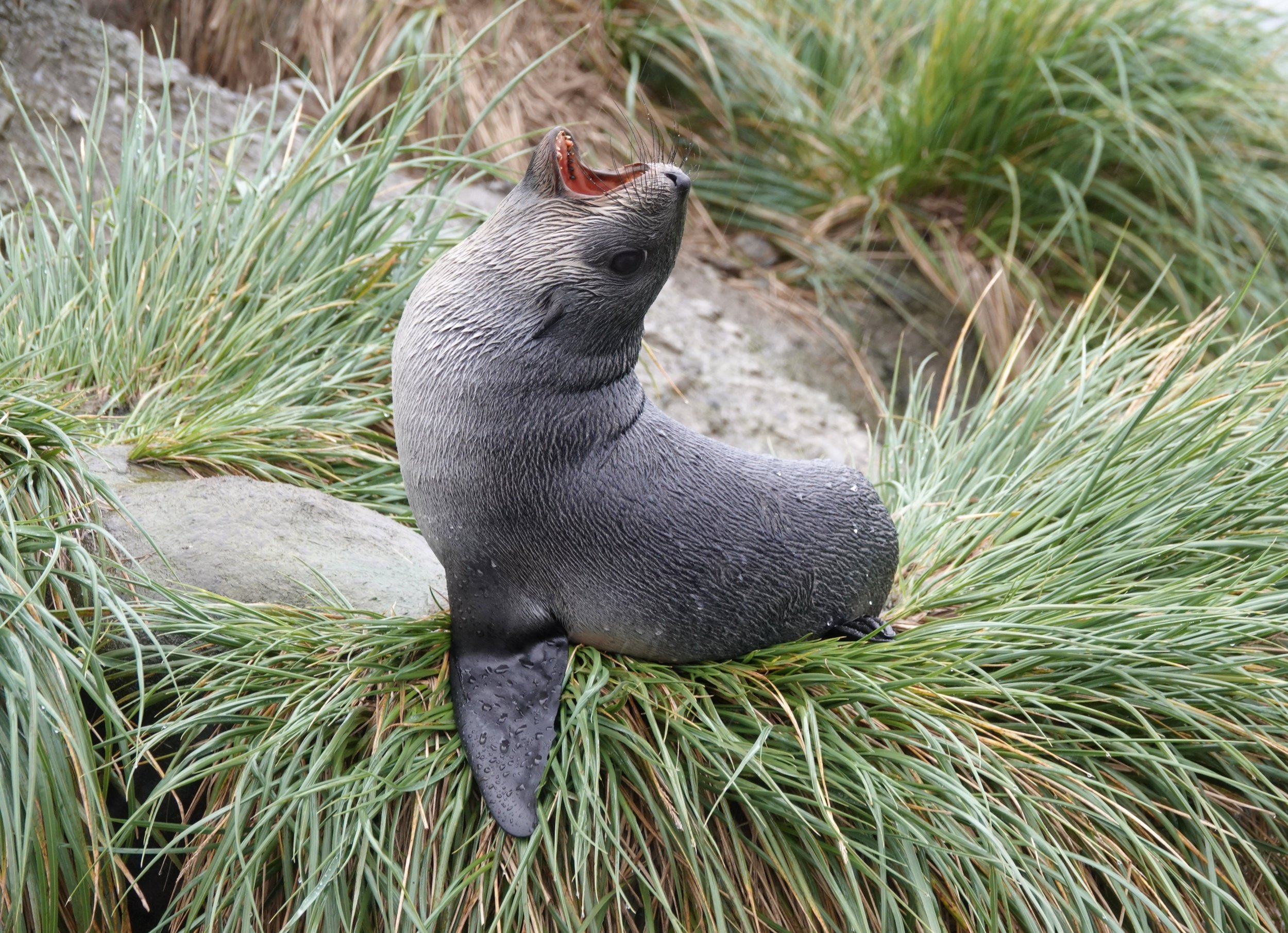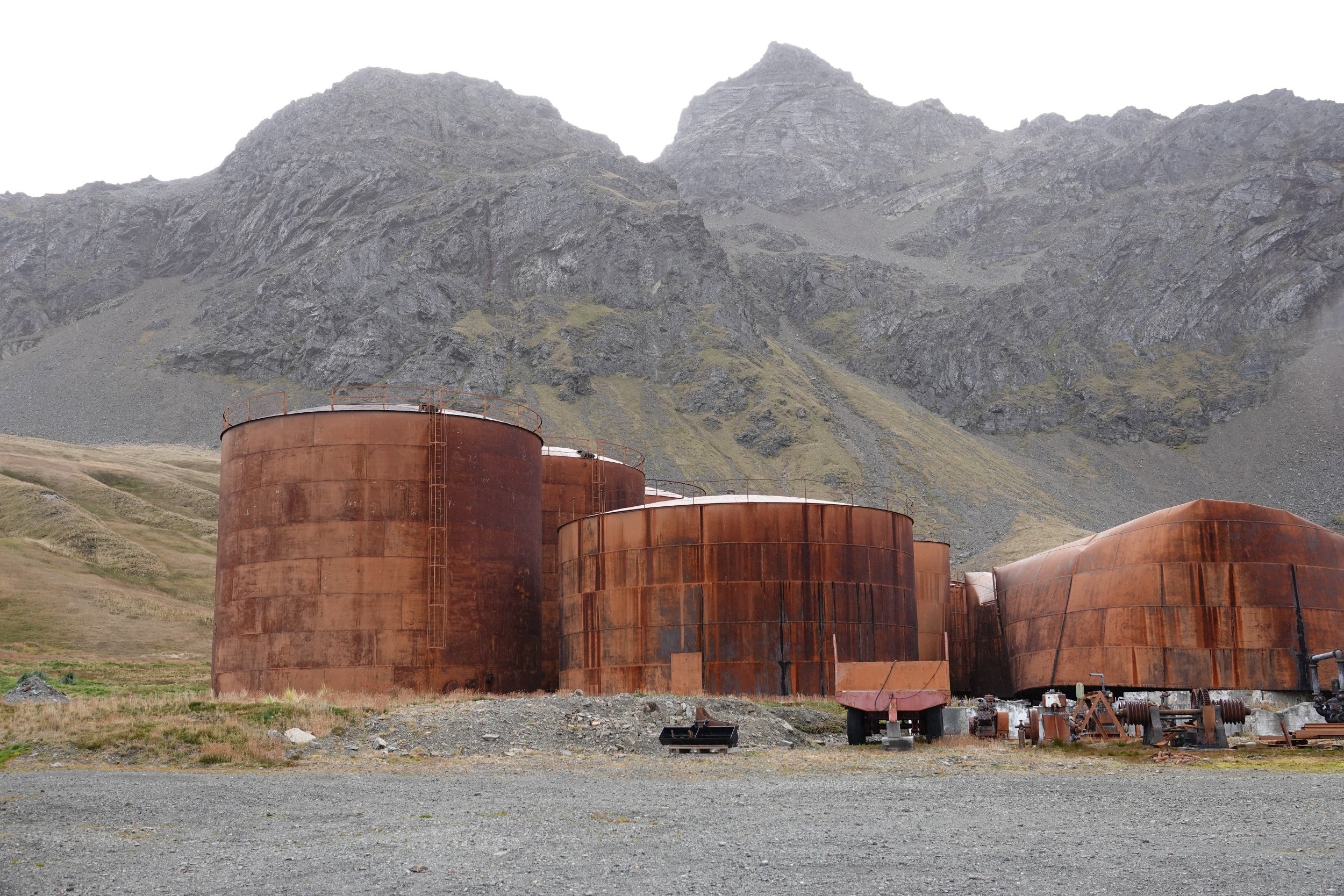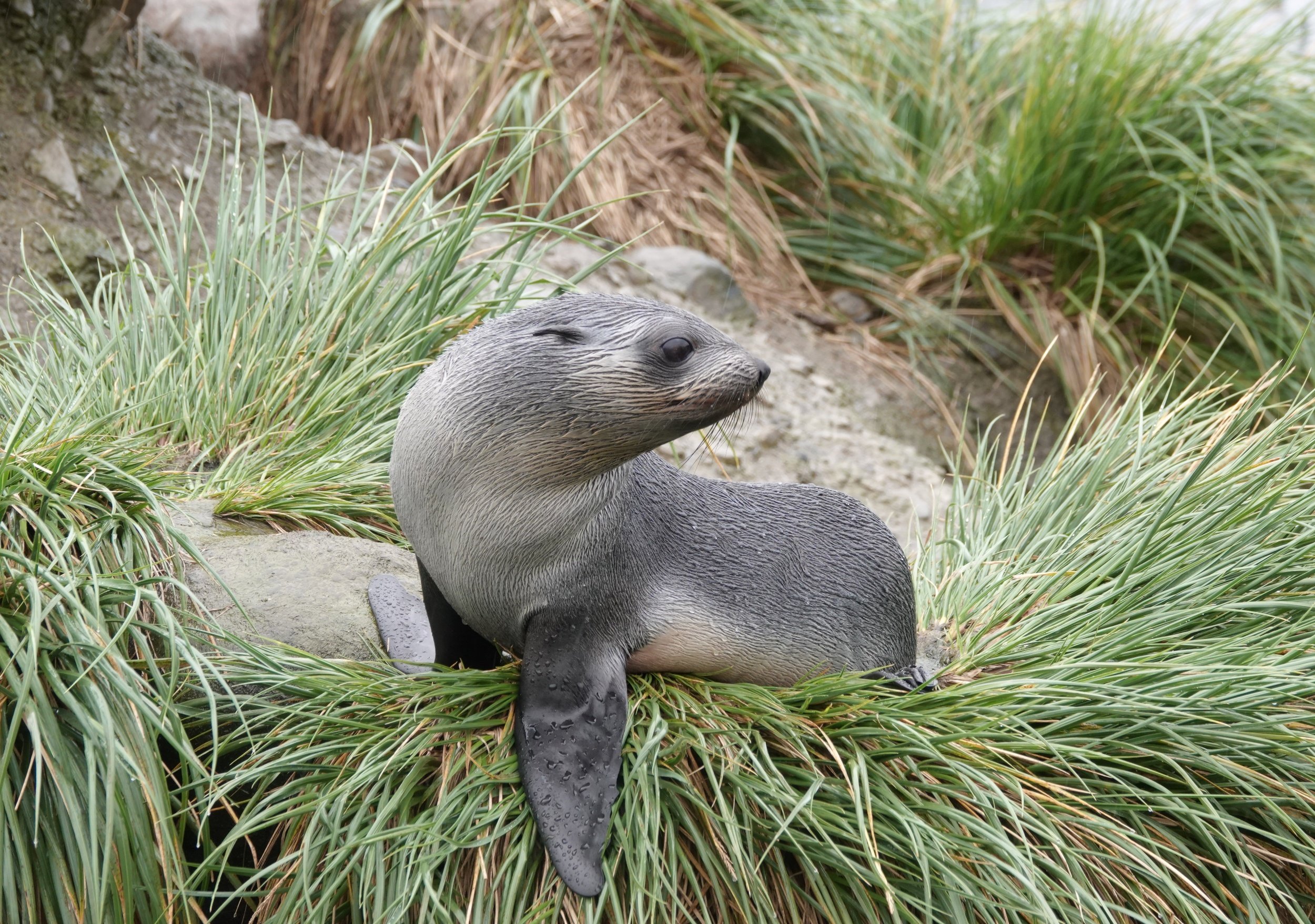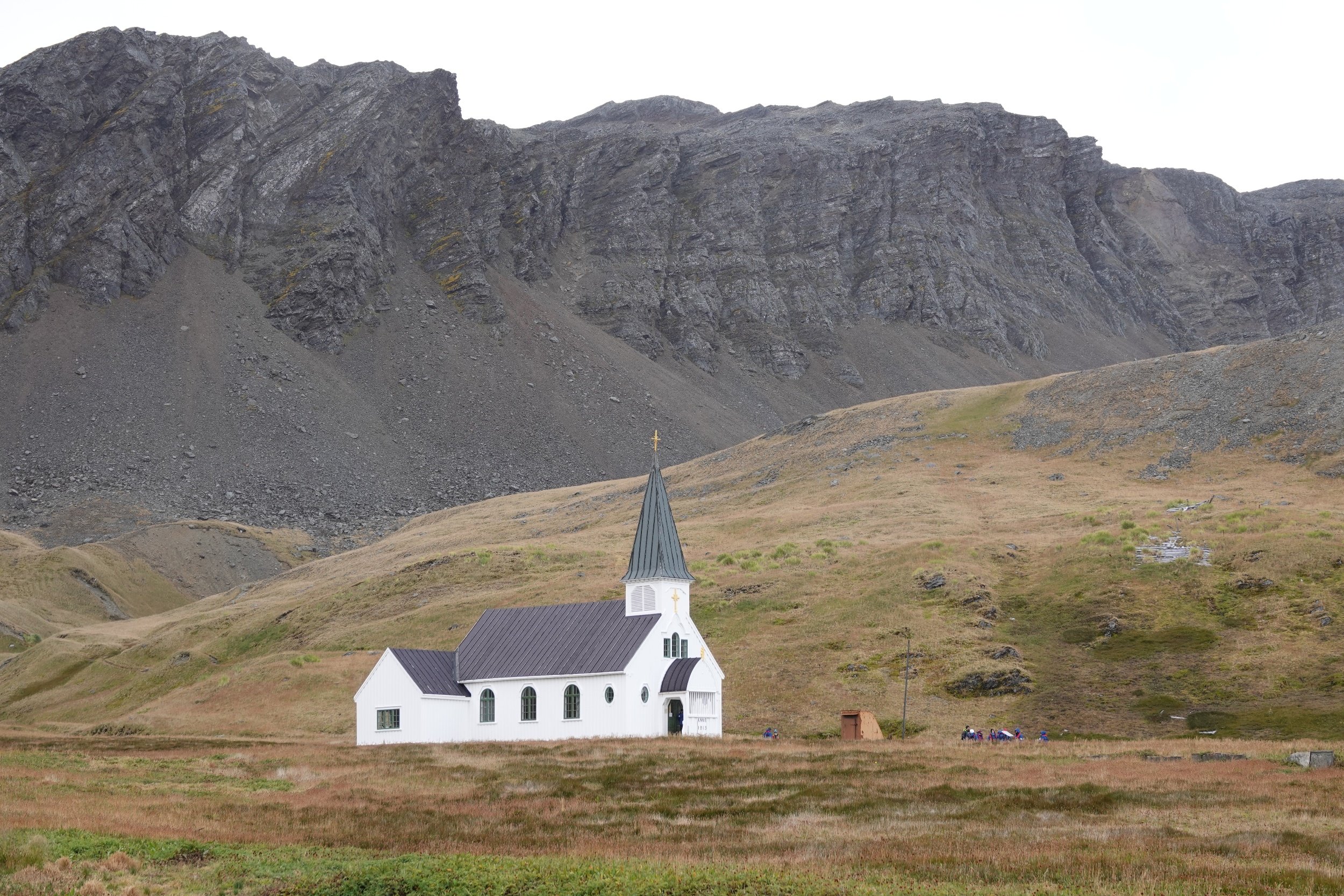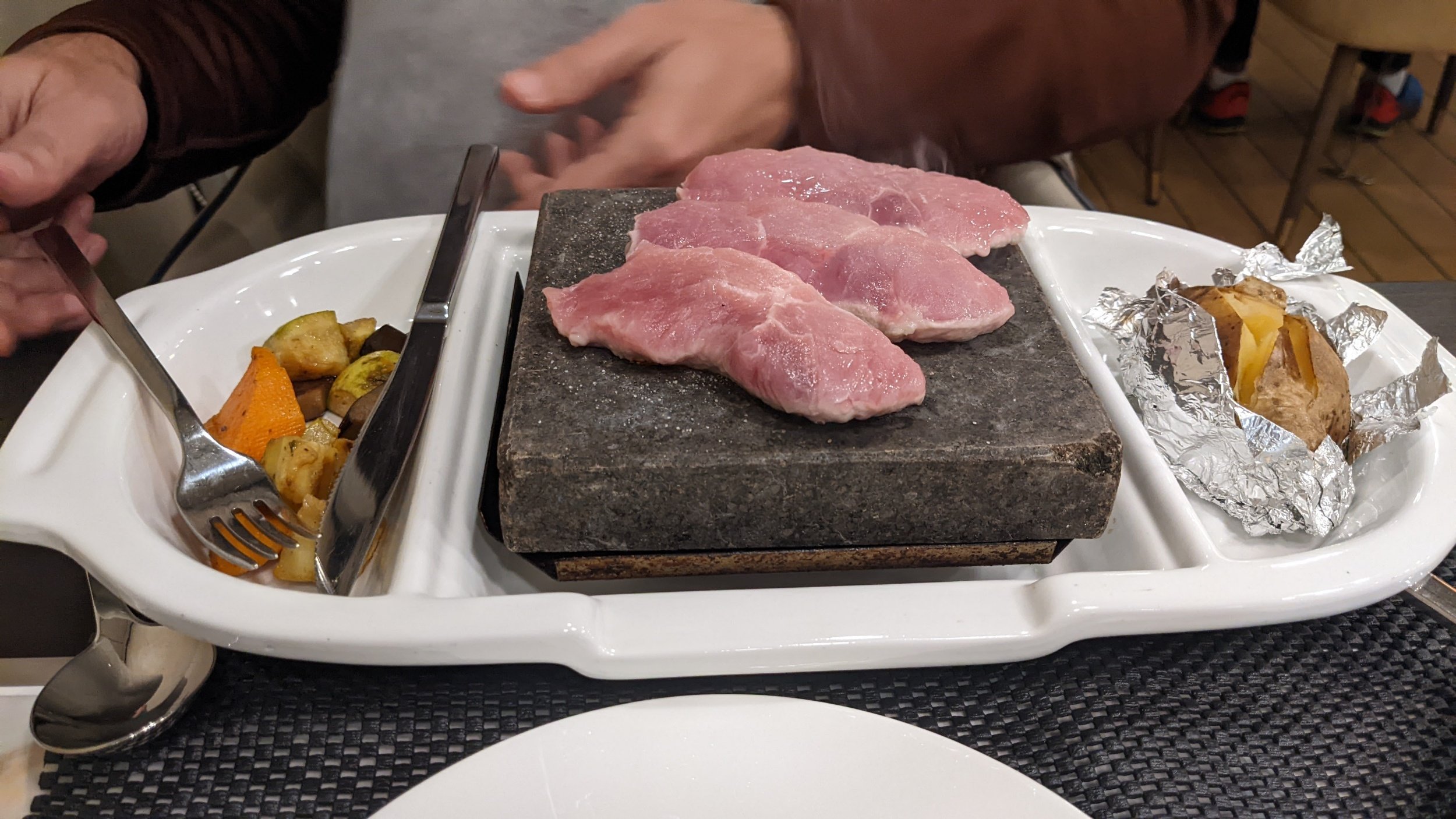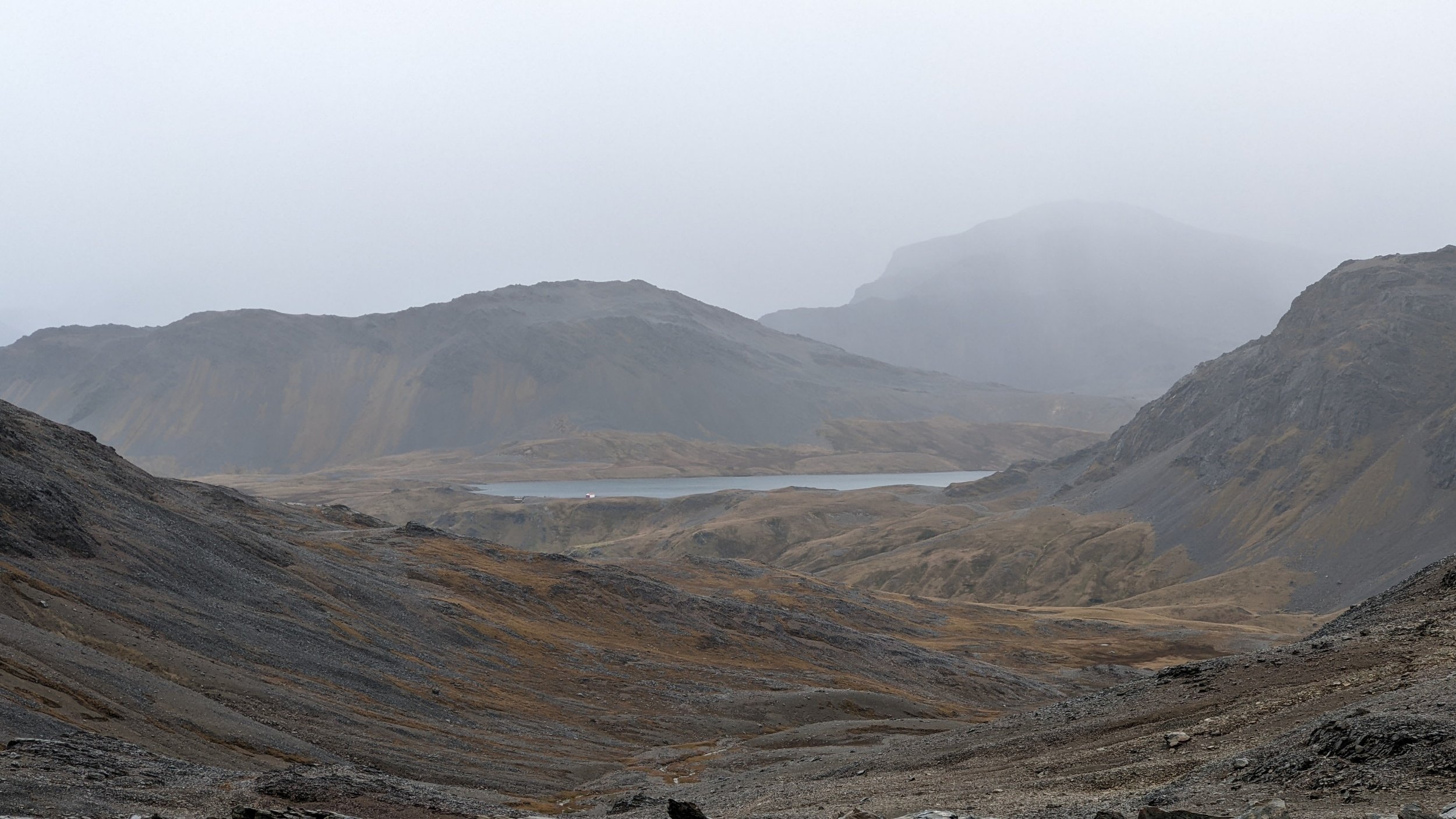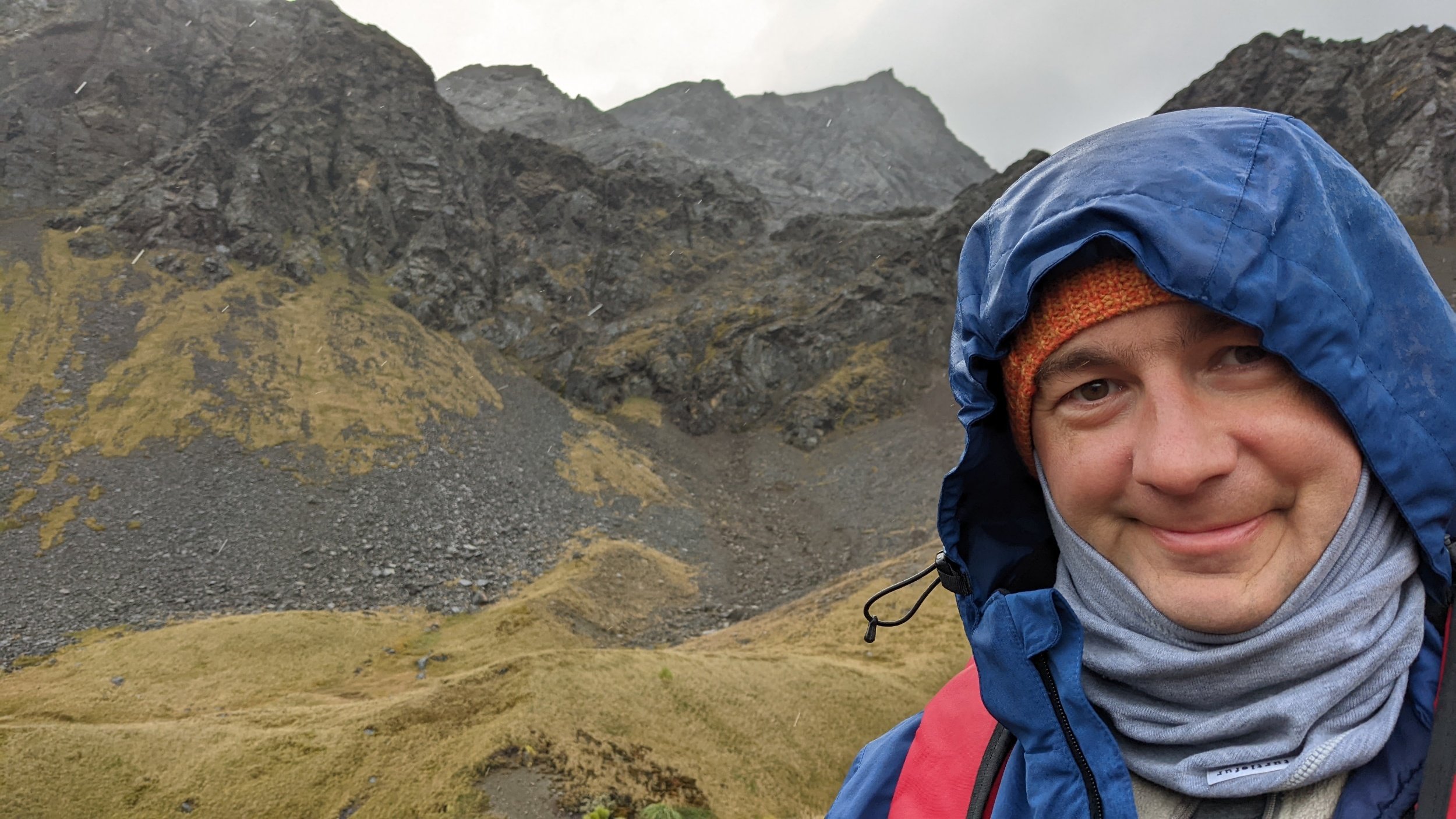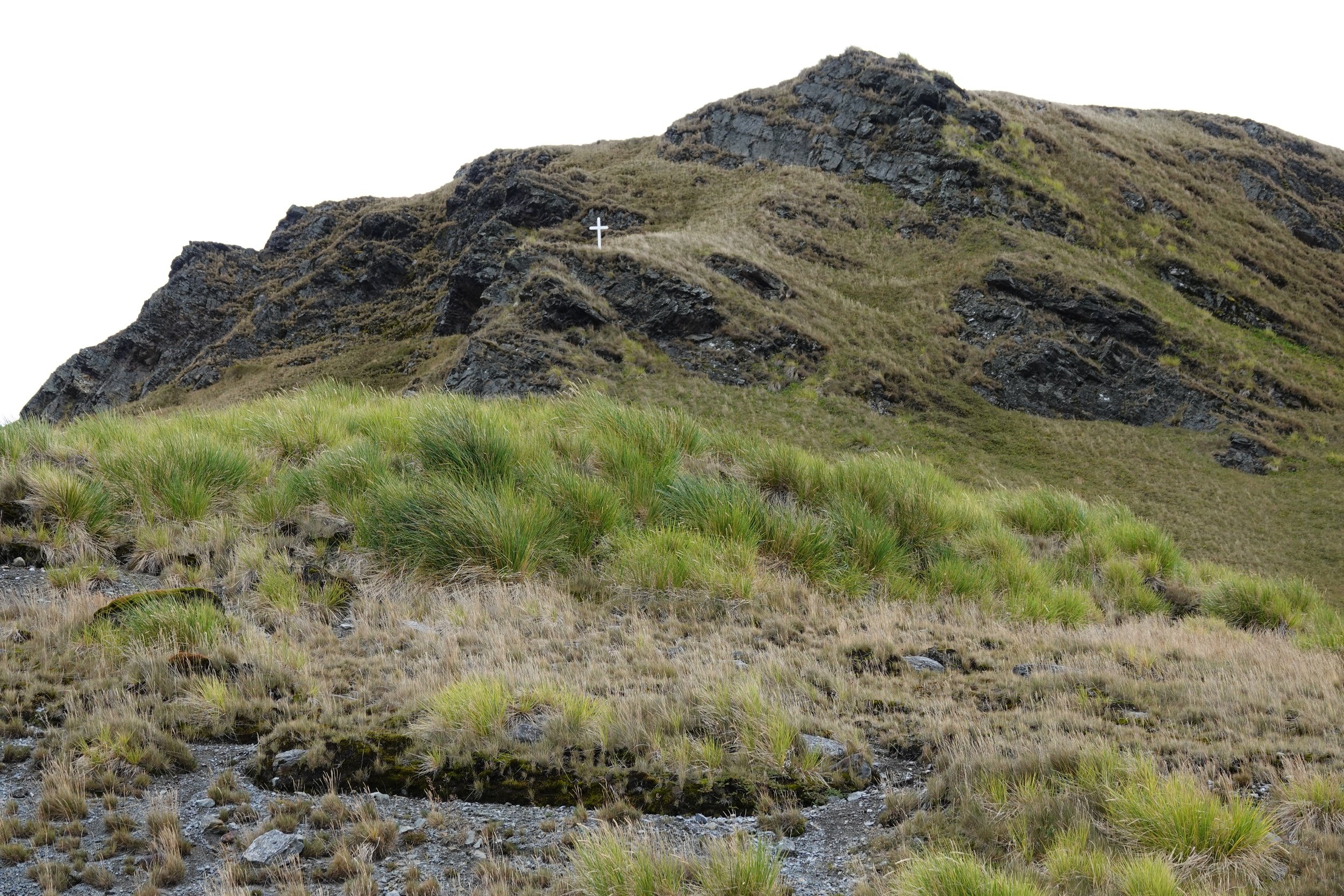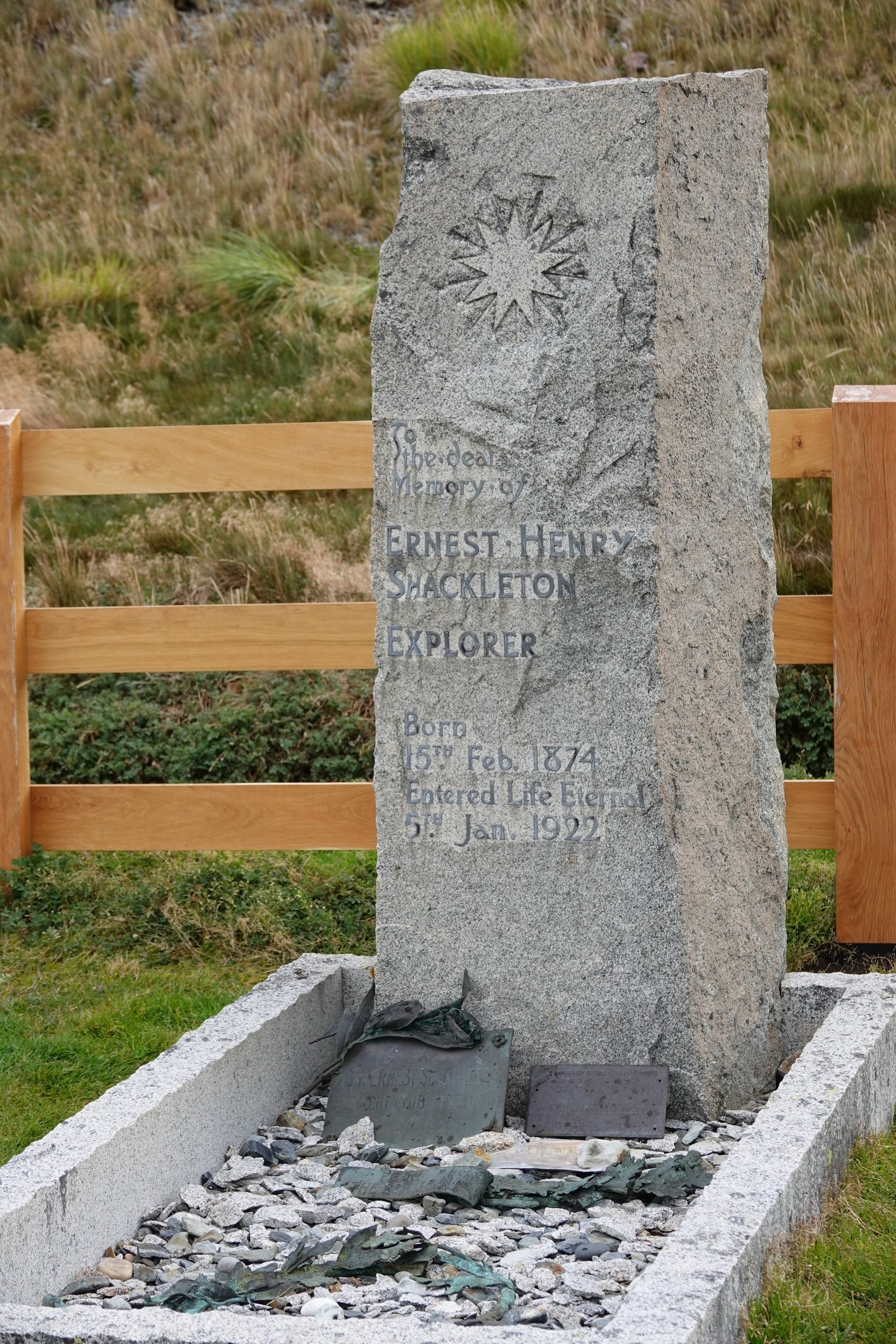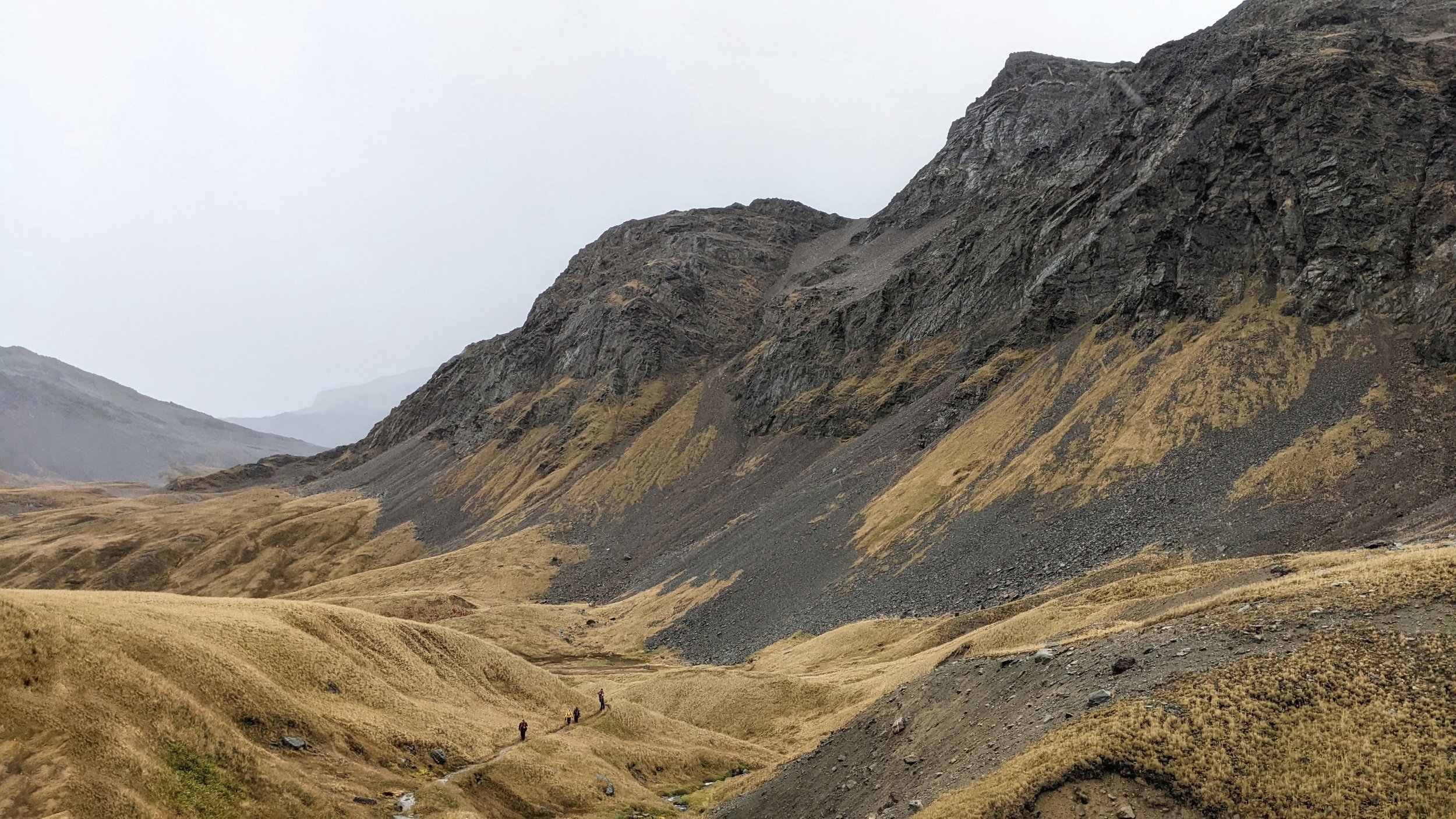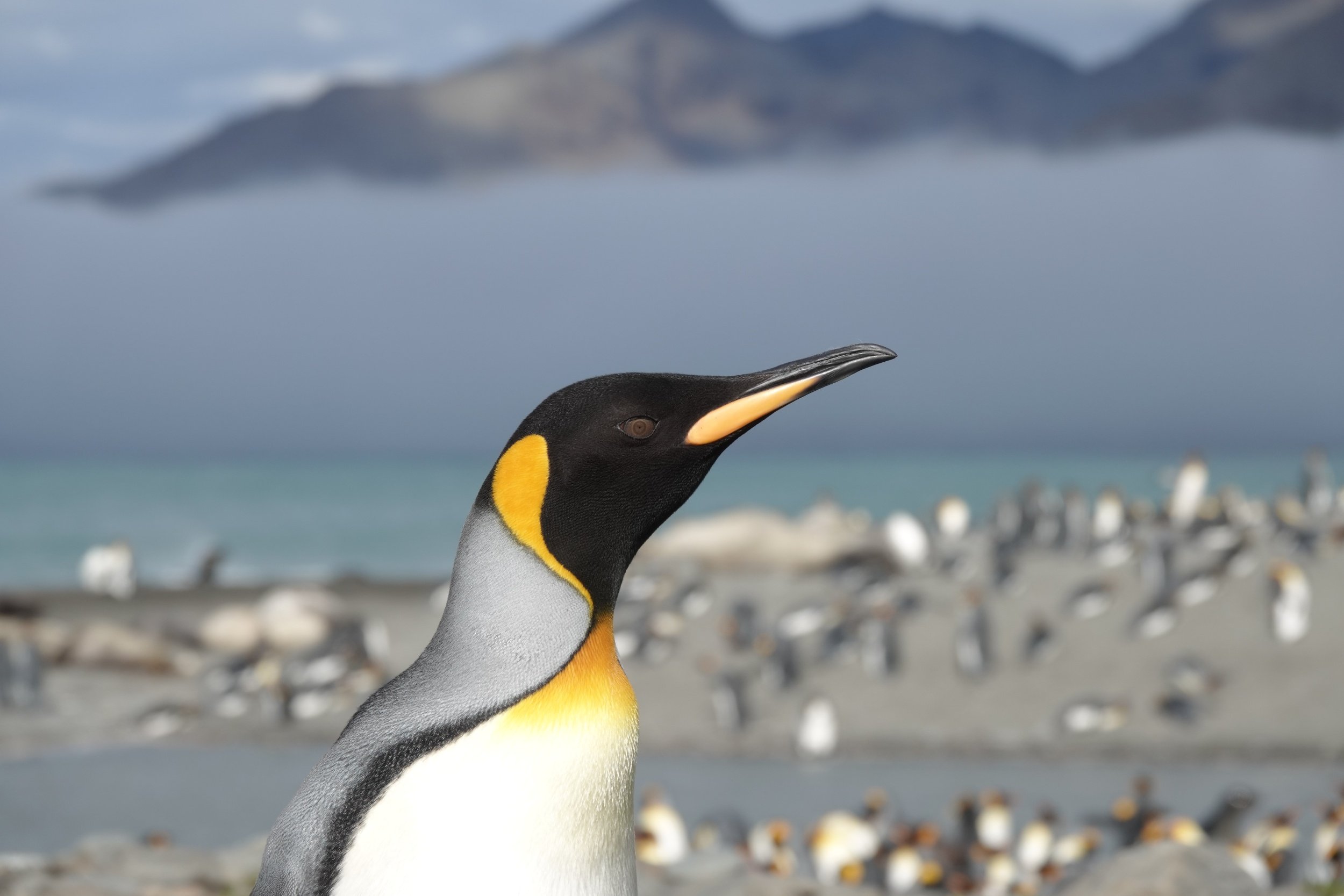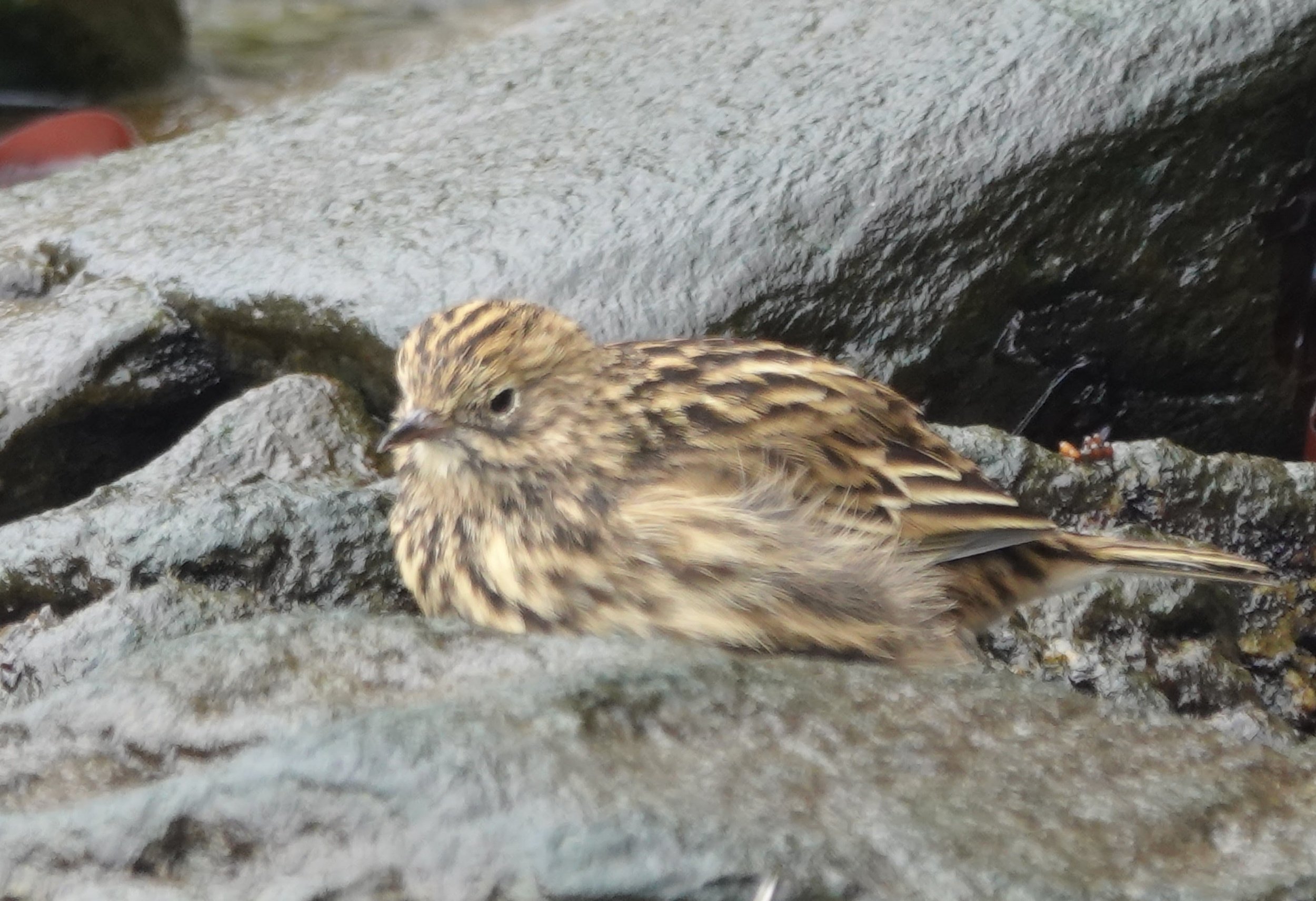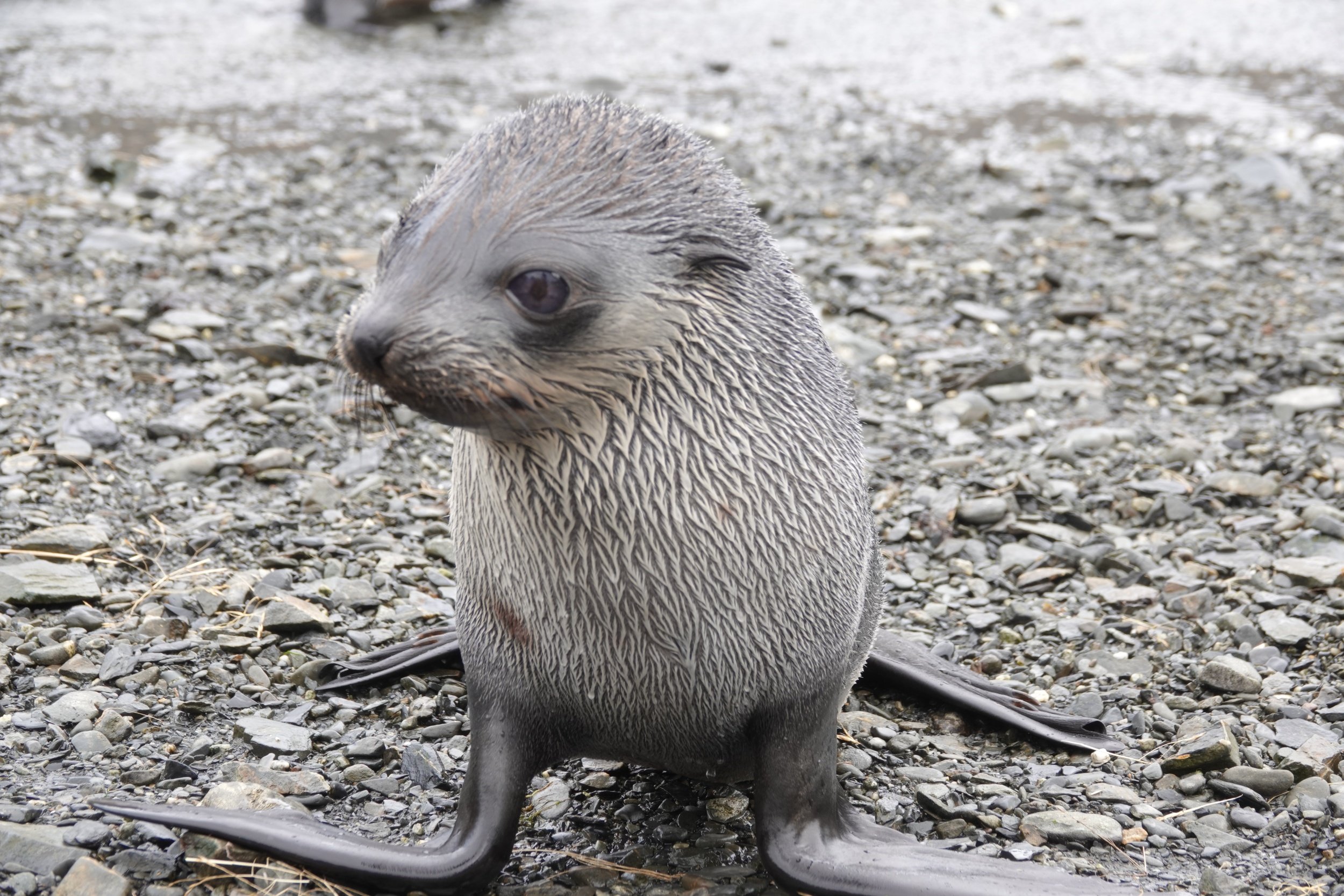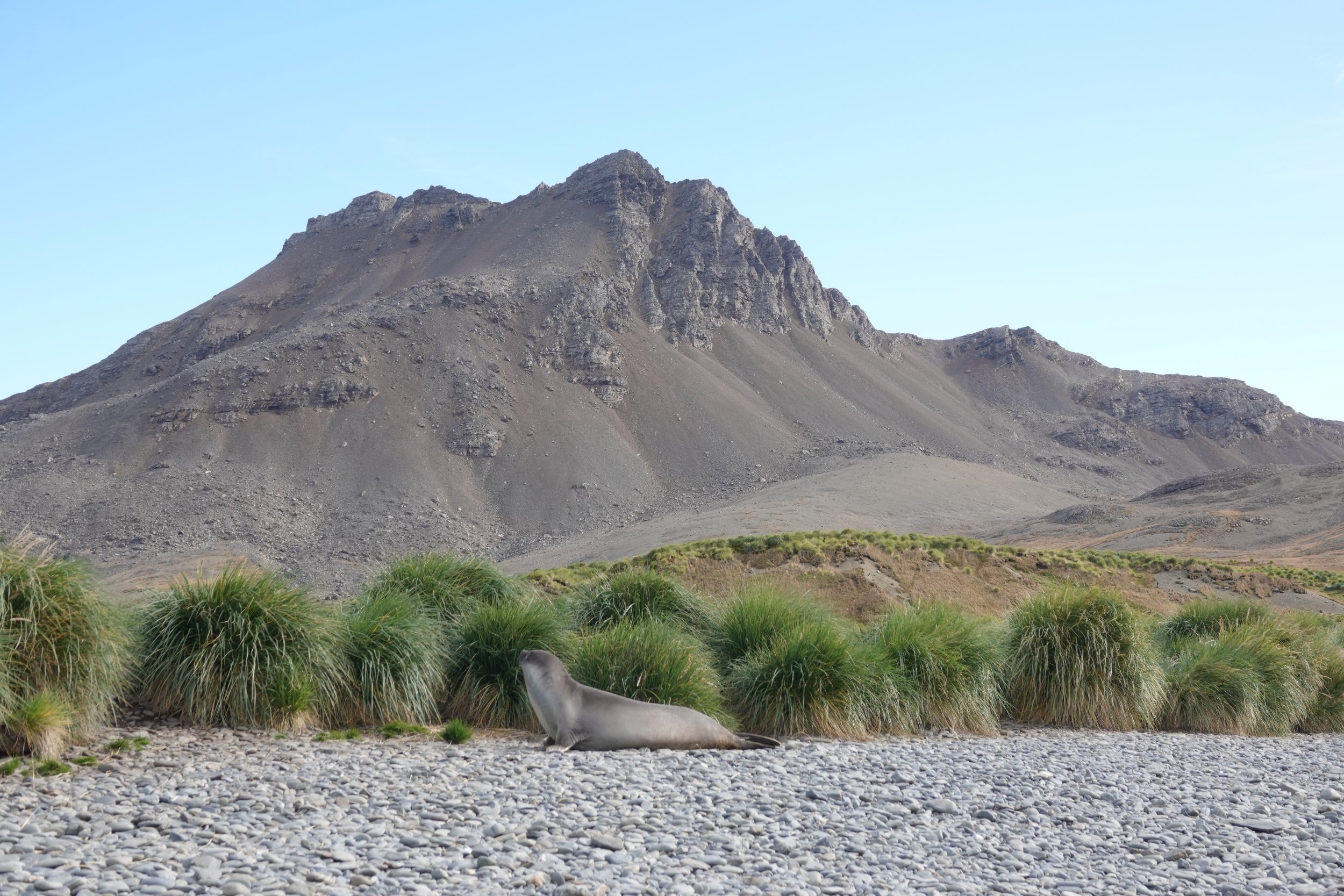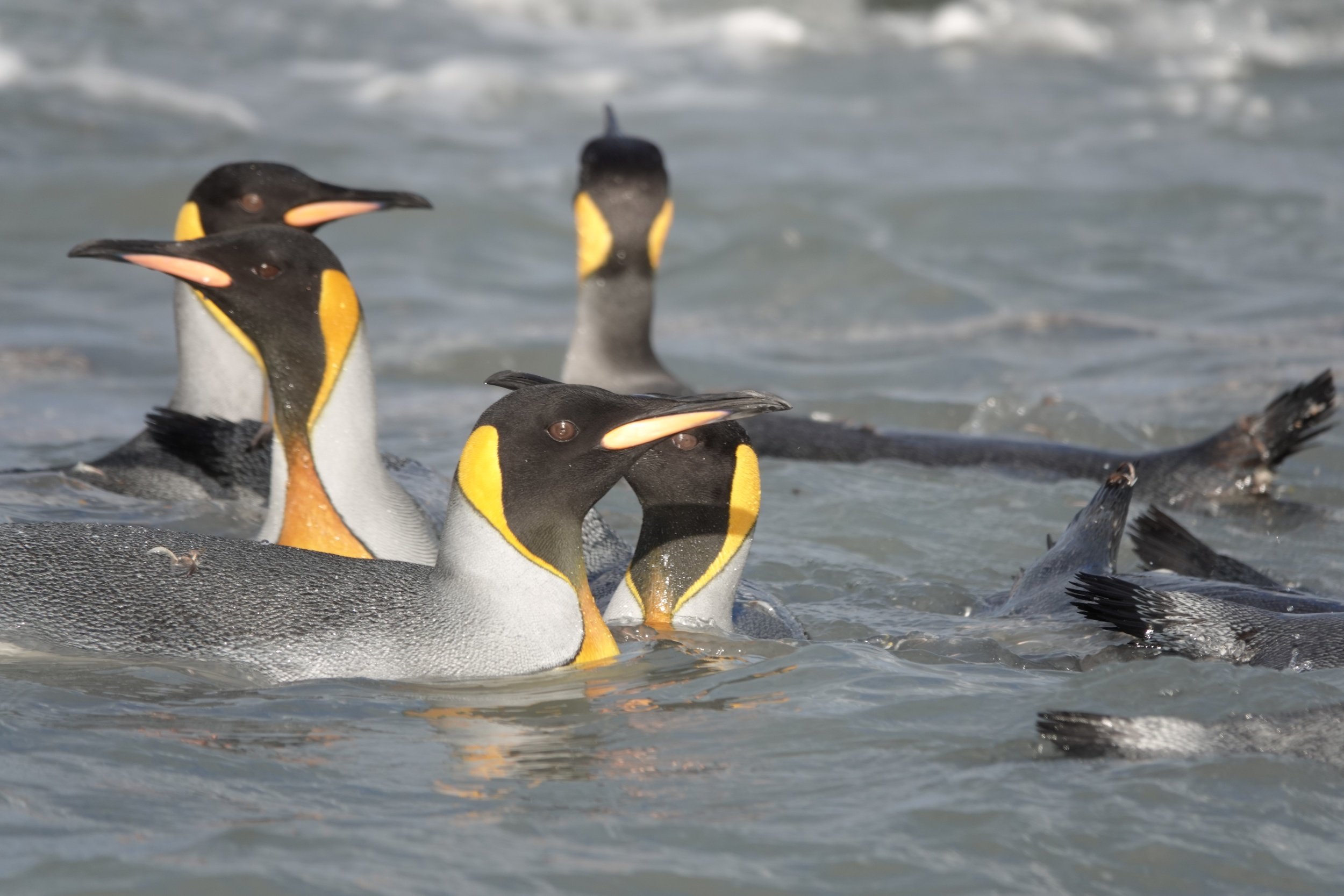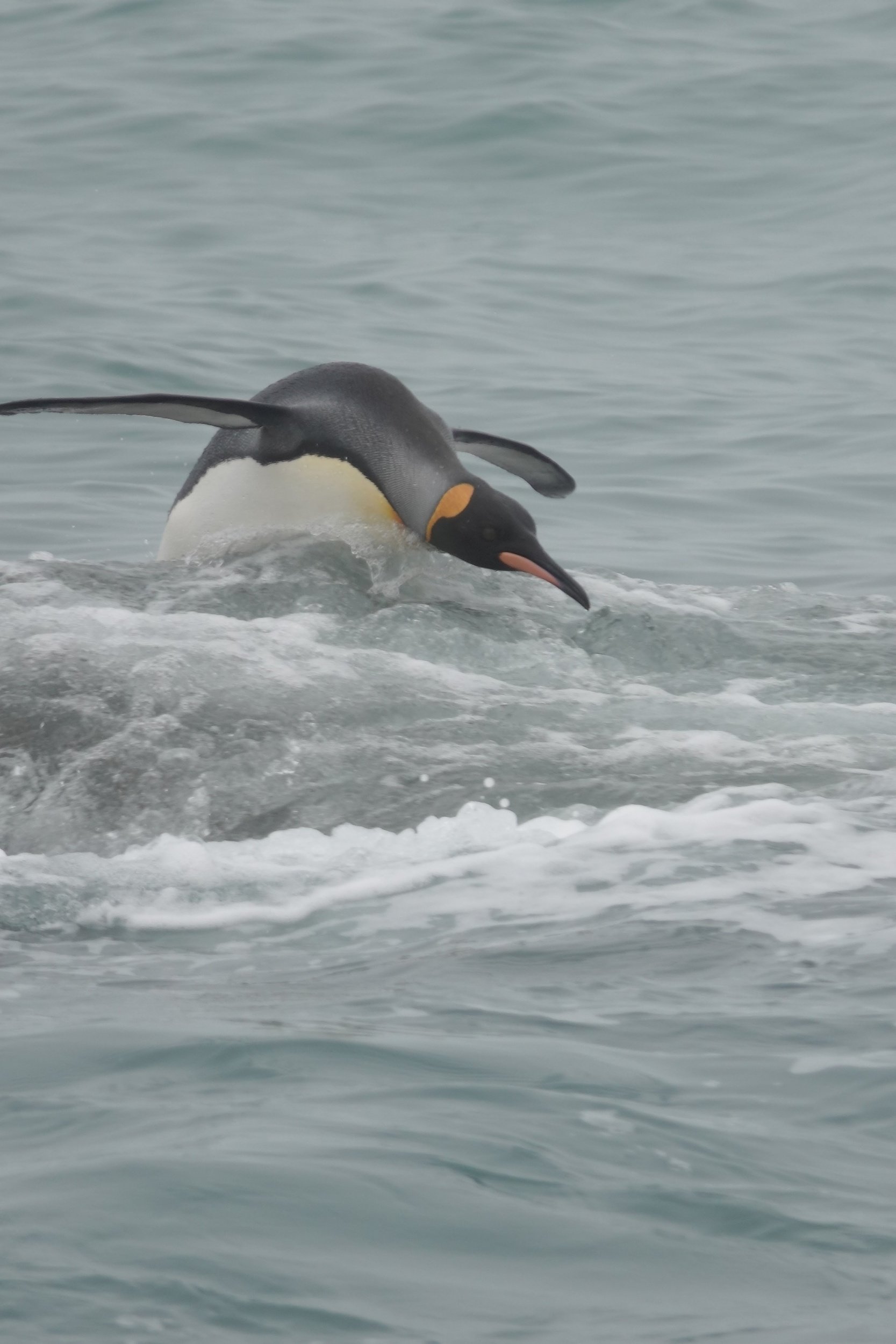Antarctica Expedition Cruise, South Georgia Island Days 10-13
The previous posts on our Antarctica Expedition Cruise Days 1-4, and 5-9.
Antarctica Expedition Cruise Day 10:
After a smooth crossing of the Scotia Sea (which I guess is really rare—our lead guide has been through there 37 times and this was the calmest he had ever seen it!), we arrived this morning at South Georgia Island. Unfortunately, a storm was expected to come through with winds at 30 knots. Not so good for getting on the zodiac and making landings.
South Georgia Island
If you were to take a giant carving knife, slice along beneath one of the highest mountain ridges of Switzerland, just where the huge glaciers tumble into the valley below, and then drop your slice of mountain dripping with sugar-icing into the sea, I think you would get a fair idea of the place. For it is long and narrow, and everywhere the snow-covered mountains rise straight from the water, reaching, near the center of the island, to a height of over 9,000 ft. Seen from afar on an early spring day, South Georgia is a breath-taking site and one not easily forgotten.
—Niall Rankin
Pre-covid the island received about 5,000 visitors per year. There is no landing strip on South Georgia, so all visitors have to come by boat. Large cruise ships are not allowed, so the average number of passengers per ship is around 100, with the maximum being 250. This makes it one of the least visited territories on Earth. There was a good chance we wouldn’t be able to disembark on the island due to the two covid-positive passengers quarantined on the boat. Since there were no additional positive tests on the boat in the last five days, we were able to check out this amazing place. The island is known as being the most important penguin and seabird breeding area in the world. Millions of King and Gentoo penguins can be found in colonies around the island as well as millions of other seabirds. There are also endemic species: the South Georgia Pipit and the South Georgia Pintail.
We spent the morning exploring the Drygalski Fjord at the southeastern point of the island. It's a different landscape than the rest of the island—a glacier valley with some hanging glaciers. Like everywhere on the trip, the views were magical. Conditions were calm in the Fjord so we were able to cruise around in the zodiac and explore up Larsen Harbor a bit. I'm a fan of the calm harbor and the beautiful birds. After breakfast, we had the chance to see some more calving from one of the glaciers in the Fjord. The size of the glaciers and the chunks of ice calving off into the water is hard to explain and although the pictures are beautiful, just don’t capture the scale.
Over lunch, the captain took us between the islands to Cooper Bay where we had our first glimpse of King penguins and Macaroni penguins and a million of the cutest little seal pups. South Georgia Island feels like a scene from (an icy and cold) Jurassic Park, I think you'll agree.
We were greeted by fur seal pups at our landing in Cooper Bay in the afternoon. The fur seal pups are adorable and act like puppies- Jim says they remind him of a chihuahua with their big eyes and grunts. They would run up to us trying to scare us. If you run away, they think it's a game and will chase you, but if you take a step toward them, they run off scared. It’s enough to make you want to stuff one in under your coat and try to smuggle it home!
There are guidelines on how close to the animals we are allowed to get. But if the animals approach you, you are supposed to let them be. The fur seal pups were so curious about us. There are over five million fur seals on South Georgia Island—about 95% of the world's fur seal population. Five million! During the 18th and 19th centuries, fur seals were heavily hunted. Their super soft pelts were considered highly fashionable and were apparently all the rage.
With temps in the 40s, we enjoyed some sunshine in front of Cooper Island. Many years ago, South Georgia was infested with rats introduced by the whaling ships. The rats decimated the South Georgia Pipit population. Recently they made a real effort to eliminate all rats from the island and declared the island rat-free in 2018. The population has recovered significantly since eliminating the rats. Cooper Island was the one place on/around the Island that the rats never infested.
South Georgia Pipit
An adorable 4 month old fur seal pup. So adorable! Can I keep him?
This is what our afternoon looked like: views of Cooper Island, with our trusty boat/home in the water as well as one of our zodiac boats, a few King penguins, a few Gentoo penguins, and some fur seals.
The island has over a million pairs of macaroni penguin. They are typically located in places with steep slopes high up the hill. This was the only chance we had of seeing macaroni penguins. They tend to be in remote hard to get to places.
Gentoo singing his penguin heart out.
A gentoo penguin welcoming me to his home here on South Georgia Island.
Antarctica Expedition Cruise Day 11:
We anchored for the night in a sheltered spot on the coast of South Georgia Island but headed to Gold Harbour before we were even up for breakfast. Gold Harbour is an amphitheater of hanging glaciers and vertical cliffs rising straight out of the sea and towering over a crazy number of sea birds and seals. There is a large King penguin colony and there are Gentoo penguins, elephant seals, and plenty of albatrosses on the shores. The swells were a bit crazy, but we were able to manage a zodiac cruise and a beach landing to hang with all the animals. The King penguins were quite interested in us. You'll see a number of pictures and videos of us really close to them because they have approached us and are wondering what kind of funny-looking penguin we are.
Over lunch, we headed to St Andrews Bay, home of the largest King penguin colony in the WORLD with over 150,000 pairs. There are a few glaciers that empty into the bay resulting in some cool cloud formations and fog too. The density of animals is something I never even imagined. I'm in love with the jagged peaks and wildlife of the area. And sorry for the million penguin pictures, but those guys are just too fun to watch! South George Island is definitely worth the visit and it seems almost silly to go to Antarctica and not visit South Georgia Island. I wish they had a lot more options to just visit South Georgia without going to Antarctica!
I think I mentioned before that elephant seals go through a catastrophic molt where they shed all of their skin/fur at once over three weeks. They are pretty miserable and grumpy during this time. We observed a number of males fighting. They can be up to 5,000 pounds so you can imagine how impressive it is to see them throw their weight around. Females are more than half the weight at ‘only’ 1800 pounds.
What do 150,000 pairs of penguins look like? 150,000 pairs of penguins means the air is full of feathers and smells like penguin poo.
I call this one, “Mom, he's picking on me!” I swear these two pups were trying to tell mom about the other being annoying.
A juvenile king penguin - some early explorers thought that king penguin chicks were a separate species of penguin because they look so different: brown and fuzzy. They look like this for the first year or so.
Antarctica Expedition Cruise Day 12:
Ugh- Day 12 was some rough seas around the island. The captain reported gusts of 40 knots overnight and 60 knots that morning. I guess the weather gods were finally catching up with Jim again! Luckily for us, the captain and lead expedition guide knew the island well. Our lead expedition guide actually spent time at the research station here in the same bay we spent the afternoon exploring.
We started our morning with another covid test. Since we had been in a bubble for 12 days without any new positives and everyone was still negative, mask wearing requirements could finally be loosened up on the ship! We had been spending a lot more time in our room watching the lectures live on TV instead of in the lounge because wearing a mask while trying to socialize was exhausting.
After a biosecurity inspection by the South Georgia Island authorities, we spent the morning on the shores of Jason Harbour, first charted in 1894 by Capitan Larson aboard the Jason. In order to land, we had to pass the biosecurity inspection by at least 80%. That means not a single pebble, rock, seed, dirt, or penguin poo on anything we would bring on shore. Our stuff had to be spotless.
The harbor had seabirds and megafauna like the grumpy yet strangely adorable elephant seals. And it has a small refuge hut that was built in 1911 for mail deliveries to and from the whaling stations in Stromness Bay. Not much diversity in the vegetation, but lots of interconnected pools, streams, and elephant seal wallow. And it was just beautiful, like everywhere we went on this trip! The fur seal pups entertain us as they act tough. They really are adorable!
Tussock grass is where the fur seals like to nap and play (and hide!). Only 8% of the island can support plant life and just 24 species of native plants grow here. Many non-native species have been introduced by humans over the years, including 76 plant species, of which 41 are still present on the island.
A fur seal pup and king penguin have an important discussion with Jim about his orange hat.
Over lunch, we headed to King Edward Cove where we would get some history about Grytviken Station and the whaling operations of the past. We also visited Shackleton's grave and raised a glass (paper cup) to him. I can’t relay how neat it was that the Endurance was found while we were on the trip. I highly recommend reading/listening to the book Endurance. It’s crazy to think we followed the same path Shackelton followed from Elephant Island to South Georgia Island.
The scenery on this trip really did awe us. The shear number of animals on every landing at South Georgia is overwhelming. And the water is a blue so pure. Like nothing I've ever seen.
After exploring Grytviken Station our lead guide, Jamie brought us on a nice hike—one that he used to do when he lived at the station. It was a rainy hike, but stunning.
The remnants of the whaling station and what is now the Grytviken station. The island of South Georgia has no full-time residents, but does have around 30 researchers there over summer.
Antarctica Expedition Cruise Day 13:
It's our nature to explore, to reach out into the unknown. The only true failure would be to not explore at all.
—Sir Ernest Shackleton
This was our last day at South Georgia Island. From here we moved on to the Falkland Islands. We started our day in Prince Olav Harbor in Cook's Bay, one of the most significant historical sites at South Georgia. It's believed that when Captain Cook landed on South Georgia claiming it for England, it was likely at Prince Olav Harbor. This was one of the few sites at South Georgia that didn’t have a single penguin colony in sight! Instead, kelp gulls were soaring around making a racket and fur seal pups were everywhere! I don't think I'll ever get tired of taking pictures of them. They are always posing like little models.
Remnants of the old whaling station. The buildings have asbestos so they are off-limits. Many question if keeping the old whaling stations on the island is for history or if it's just junk and should be removed to allow the land to recover. The number of whales killed per year during the peak of whaling in the Southern Ocean was more than 40,000. And over the course of whaling on the island, a total of 175,250 whales were processed through the whaling stations on South Georgia. Whales are recovering very slowly. They believe many of the whales killed may have been close to 100 years old.
Due to the old whaling station buildings still containing asbestos landing in this area is always difficult. South Georgia doesn't allow anyone to land within 200 meters of buildings containing asbestos, so our morning was seeing the area from the zodiac boat. The water was calm though and the zodiac tour got us in and among the fur seal pups.
After lunch we made our way to Right Whale Bay, named after the Right Whale because it was the 'right whale to hunt' back in the day. The Right Whales, when harpooned, would float to the surface making them easy to collect for the whale hunters.
As we were chilling in our room just looking out the window, I saw a beautiful whale fluking not more than 100 feet away.
It was the coldest, wettest afternoon that we had on the trip. Right Whale Bay had an impressive number of King penguins and they continued to entertain us. I spent some time practicing my penguin walk... and had a number of them come up to me curious.
The King Penguins sound like a classroom full of kindergarteners: each playing a kazoo.
We saw a few blonde fur seals today. They are a rare sight with only 1 in 1,000 seals being blonde.
I couldn't resist getting a shot of this blue-eyed shag's feet
Trying to figure out what kind of pingüino Jim is and just a penguin or two (hundred thousand).
The adventure continues in Antarctica Expedition Cruise, Falkland Islands Days 14-19.
Check out the pictures below for more amazing sights we saw (click on the pictures to get the full uncropped versions).


